
MEL Chemistry is a subscription box for kids ages 9-14 from parent company MEL Science that sends all of the materials you need to complete 2-3 chemistry experiments every month. This is perfect for kids who are interested in science or for homeschool students! Check out our reviews for MEL Physics (ages 8- 14+) and MEL Kids (ages 5-10) to see what else MEL Science has to offer!
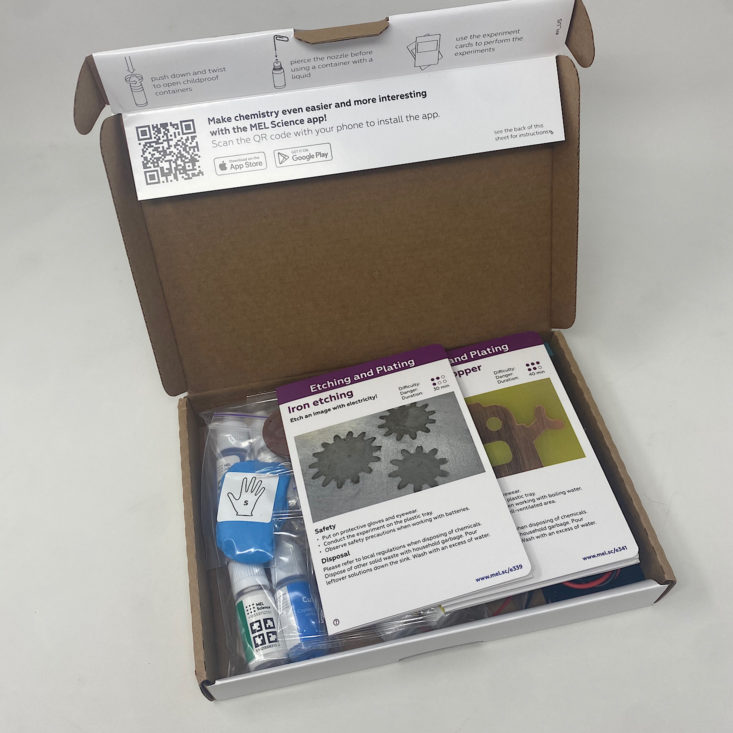
This box was sent to us at no cost for review. (Check out the review process post to learn more about how we review boxes.)

About MEL Chemistry
The Subscription Box: MEL Chemistry
The Cost: $34.90 per month
The Products: Everything you need to conduct 2-3 chemistry experiments each month safely in your own home!
Ships to: The U.S. and U.K. for free. International shipping to select countries is also available, although there may be additional shipping charges depending on location.
MEL Chemistry "Etching and Plating" Review July 2021
This month our experiments' theme is "Etching and Plating" and the contents were listed on the back of our box and the outside page opened up to some safety warnings and complete directions for our projects. You may note that they list a few items we need to get from our Starter Kit.
Note: The following items did not come in this month's kit!
Starter Kit
Your free starter kit (valued at $50.00) will come in your first shipment. It includes all of the equipment you'll need to conduct your experiments each month and even includes some accessories for your tablet or smartphone to help you access all of the information they provide in their apps. To see more details about everything we received in our kit, you can check out our Starter Kit review here!
VR Headset
Also included with our Starter Kit was this virtual reality headset. This cardboard headset folds up easily and then you slip your phone into the slot and use their free MEL VR app.
The VR app opens up in a lab where we have the opportunity to learn about different molecules and atoms and explore them closely. This is so great for gaining a deeper understanding of what happens throughout our experiments and is a fun extension to our lessons!
These are the items we needed this month: a tray to work on, our safety goggles, and our phone/tablet stand.
We also needed our glass beaker, some of the plastic cups, and our pocket stove.
While they provide individual cards for each experiment, we also have the option of accessing the directions through the app, which provides a more interactive way to complete the experiments. Here is a look at how the app is set up. It's well organized and easy to use with information on safe disposal, some troubleshooting tips, and a scientific description of what happens during the experiment. You can even set a reminder to start the experiment.
The app provides thorough, detailed instructions. Some of the instructions are even animated, which is pretty cool, and usually, if it is a timed experiment, they will have a little built-in timer on that page for you to use. Some months, they even include an educational video for us to watch while we wait. At the end, they ask you to rate the experiment.
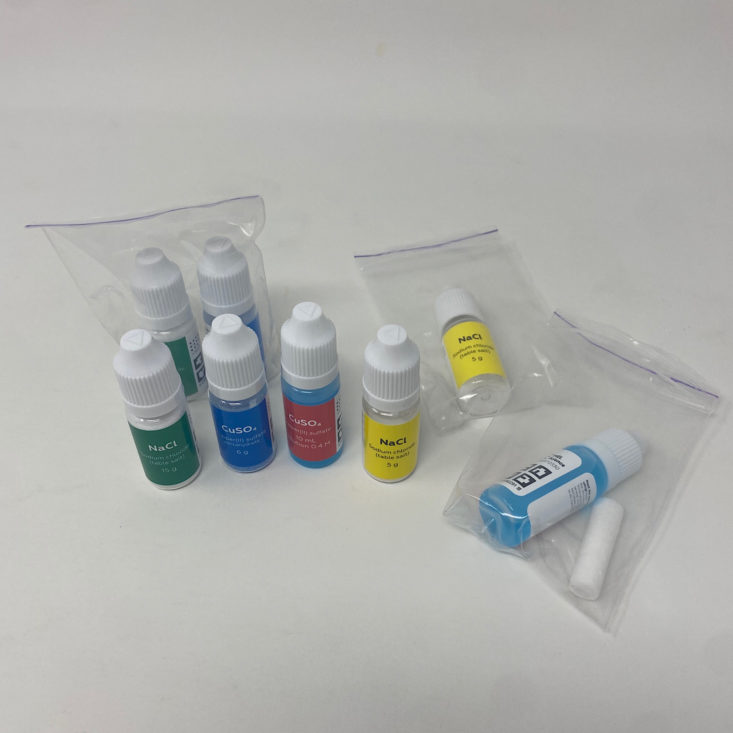
All of our reagents come packaged neatly with absorbers in the bag in case of any spills. The bottles are clearly labeled and include information about any hazards. They provided enough materials for us to complete our experiments a couple of times. Each label also contains a little code that we can scan to open up for more information about the chemicals. We are able to view it in 3D or even in virtual reality by using the VR app and our headset.
The app gives so much detail about each of the reagents including a description, hazards, precautions, and even a link to the Wikipedia page for further information. So thorough! And it's even more fun if you interact through the VR app! This is from a previous experiment, but the information follows the same format for each reagent.
They provided a few basic supplies that were used for our experiments; a pair of gloves, some sticks for stirring, paperclips, and filter paper.
They also provided some steel wool, a file, a thermosticker, some keyrings, stickers, a Petri dish, alligator clips, a battery pack, and a tealight candle.
Experiment 1: Rainbow Plating
Our first experiment was "Rainbow Plating." While the app is fun to use, it is not a necessity, since they provide a card like this one that contains all of the information you need for your experiments, complete with full-color illustrations. The front gives a brief description of what to expect and also provides a scale to rate the difficulty and danger of the activity as well as the duration. On the back is a little box we can scan with our app which allows us to open directly to the experiment on our phone or tablet if you'd prefer that method.
The first step was to polish one side of our iron plate and then choose a sticker for it. After applying the sticker my daughter added some of the Copper II Sulfate until the surface was darkened and then we rinsed that off and patted it dry with a filter paper. I set up the pocket stove with the tealight in the center and then she placed the plate on top of the stove and we waited.
Unfortunately, nothing really happened. I am still not sure where we went wrong exactly, but our bird never changed from the original copper color. It was still pretty though so we added a keychain to it.
Since they provided enough materials for us to repeat this experiment, I decided to try again. This time the results were much better. How gorgeous is this one?
Experiment 2: Copper vs. Copper
The next experiment was "Copper vs. Copper" and for this, we used Copper II Sulfate and Sodium Chloride along with a copper plate.
Again, we polished the plate, but this time we had to do both sides. Then my daughter chose one of the small green stickers and we placed it inside the glass beaker with the two reagents, one bottle of each powder. Then I added some boiling water and my daughter worked on stirring...and stirring and stirring for about 10 minutes.
When we took it out, all of the copper was gone and we had this strange yellow-colored disc instead. My daughter wiped it off with the filter paper and removed the sticker.
Underneath the sticker was a nice shiny copper shape which we used some steel wool to polish. Then we added a keychain.
Experiment 3: Iron Etching
For our last experiment, we used another iron square and some Sodium Chloride. I did have to provide four AAA batteries for this experiment, which, fortunately, I had on hand.
My daughter polished one side of the plate, then added her stickers before adding the reagent to the cup of water we prepared. Then it was a matter of connecting the alligator clip wires. One end of the red went to our plate which got placed in the Petri dish and covered with solution. One end of the black got clipped to a paperclip. Then the other ends of both wires went to the matching wire on the battery pack. To get our electric reaction, I held the paperclip above our plate in the solution being careful not to touch the plate and I moved it back and forth for two minutes. We could see little bubbles in the water but it didn't look like too much was happening.
After wiping it and removing our stickers, you can see, something really was happening in the solution! It also felt a little different texture-wise as well.
Verdict: This month's MEL Chemistry set was so much fun with all of the cool reactions that were so simple to set up thanks to the easy-to-follow directions. What my daughter and I liked most though was that she had three really cool keychains to keep, each as a result of a different type of chemical reaction. This was a really unique and fun set of experiments and I loved the range in the specific procedures from using heat to electricity. Plus, we have extra materials so that we can repeat these and make several more keychains whenever we want!
To Wrap Up:
Can you still get this box if you sign up today? Yes, it is possible that you will receive this set. From MEL Chemistry:
"The topics are looped such that the start date of your subscription does not matter; you will eventually receive all the experiment sets."
Check out all of our MEL Chemistry reviews and our list of the best subscription boxes for kids, as recommended by MSA readers!
Keep Track of Your Subscriptions: Add MEL Chemistry to your subscription list or wishlist!
What do you think of MEL Chemistry?



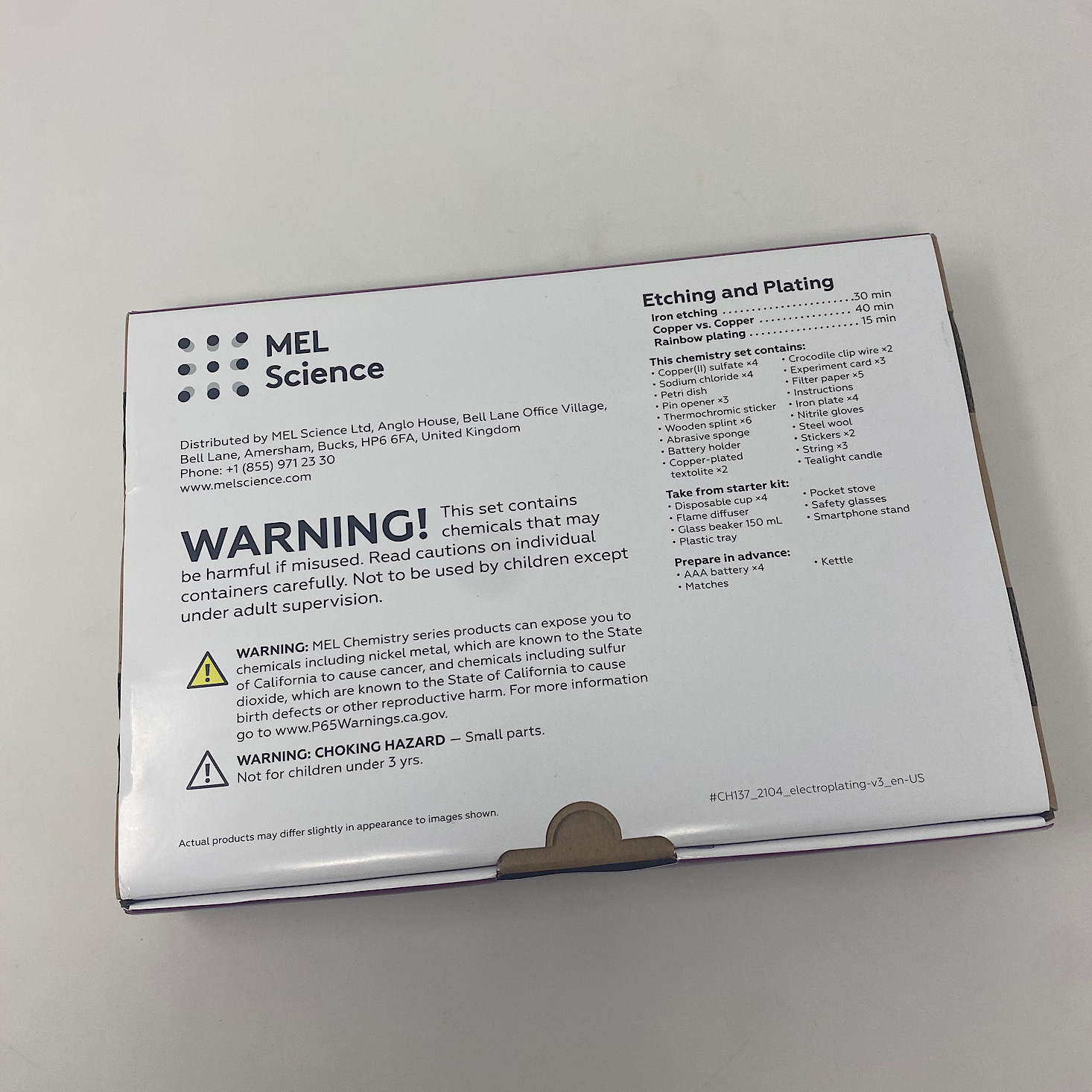

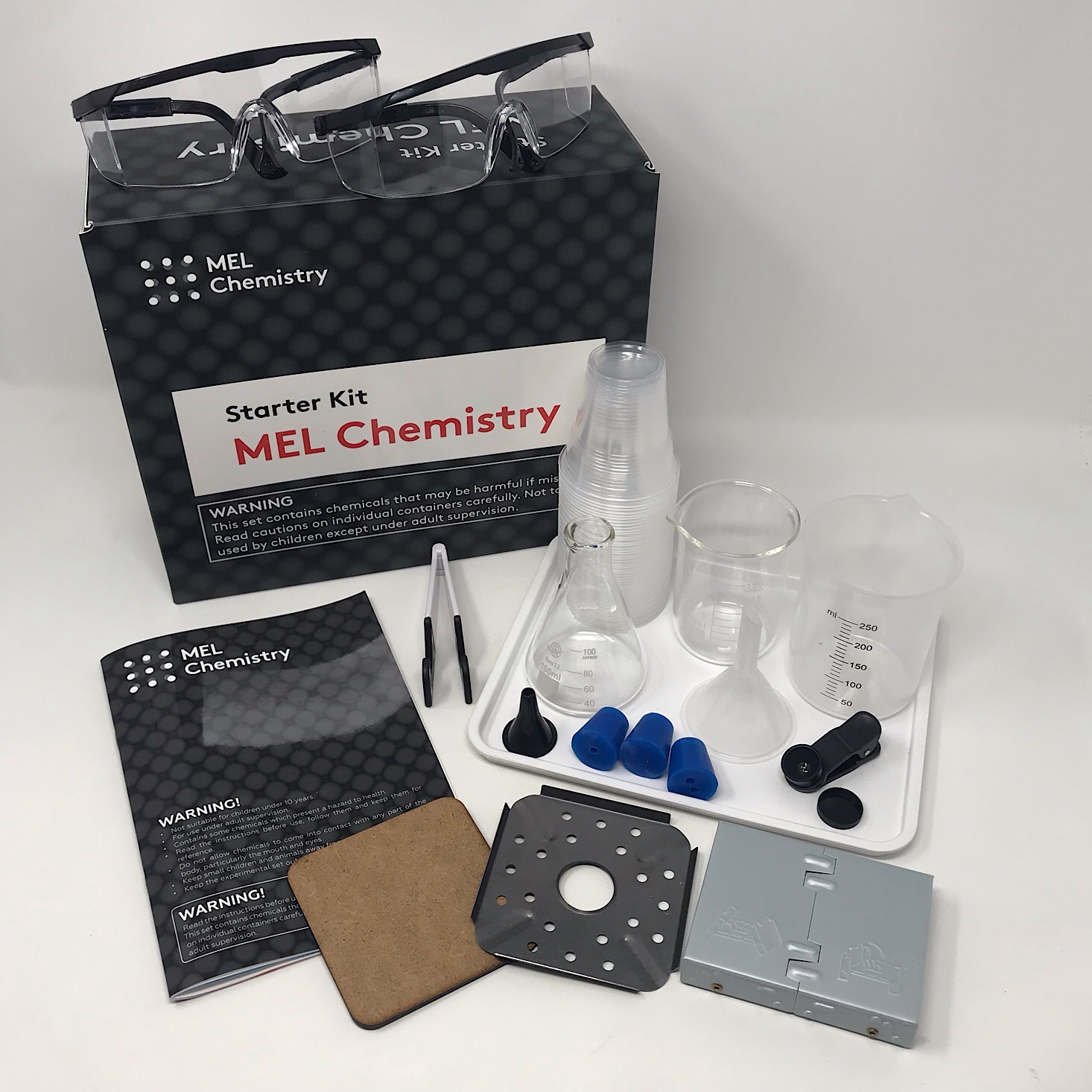
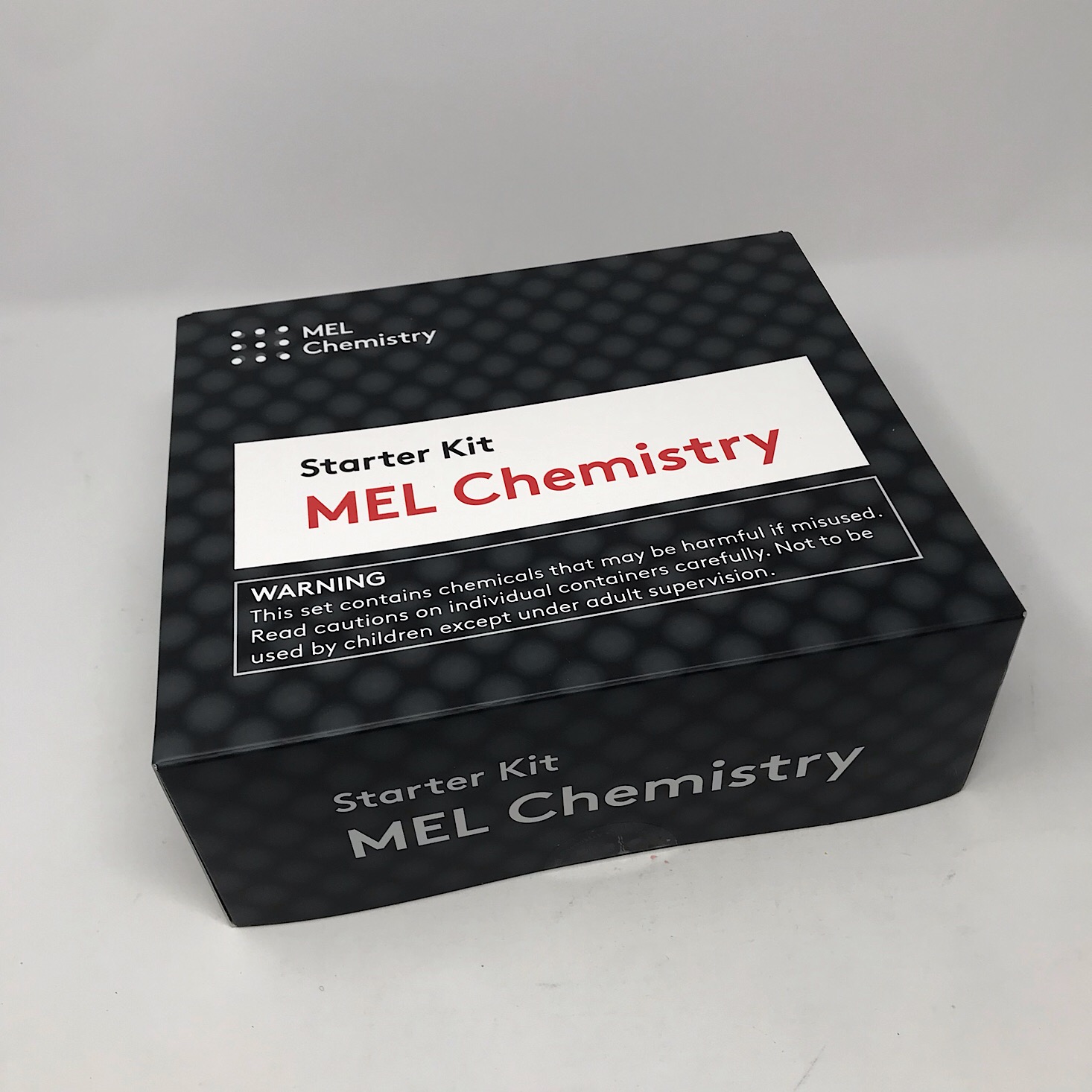
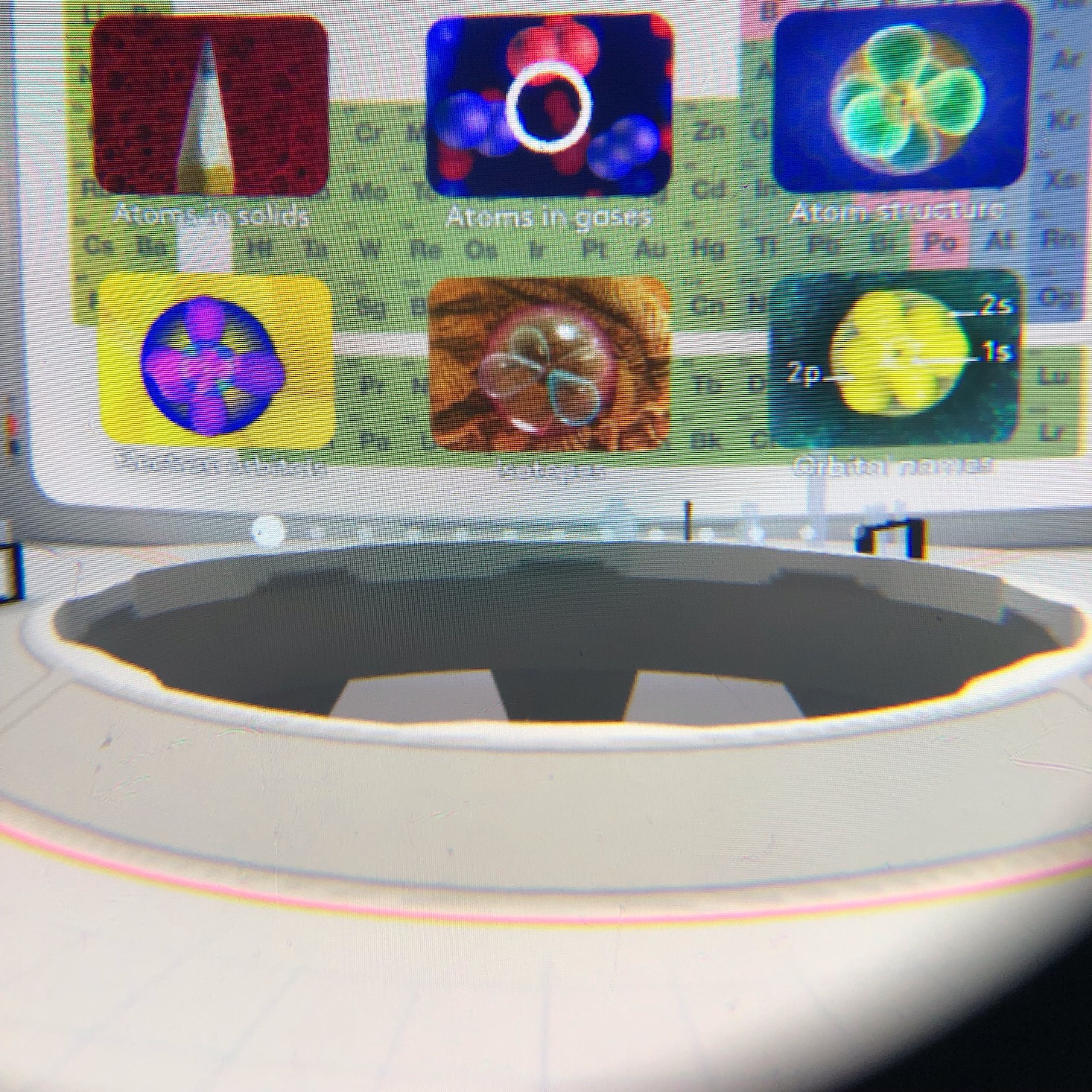








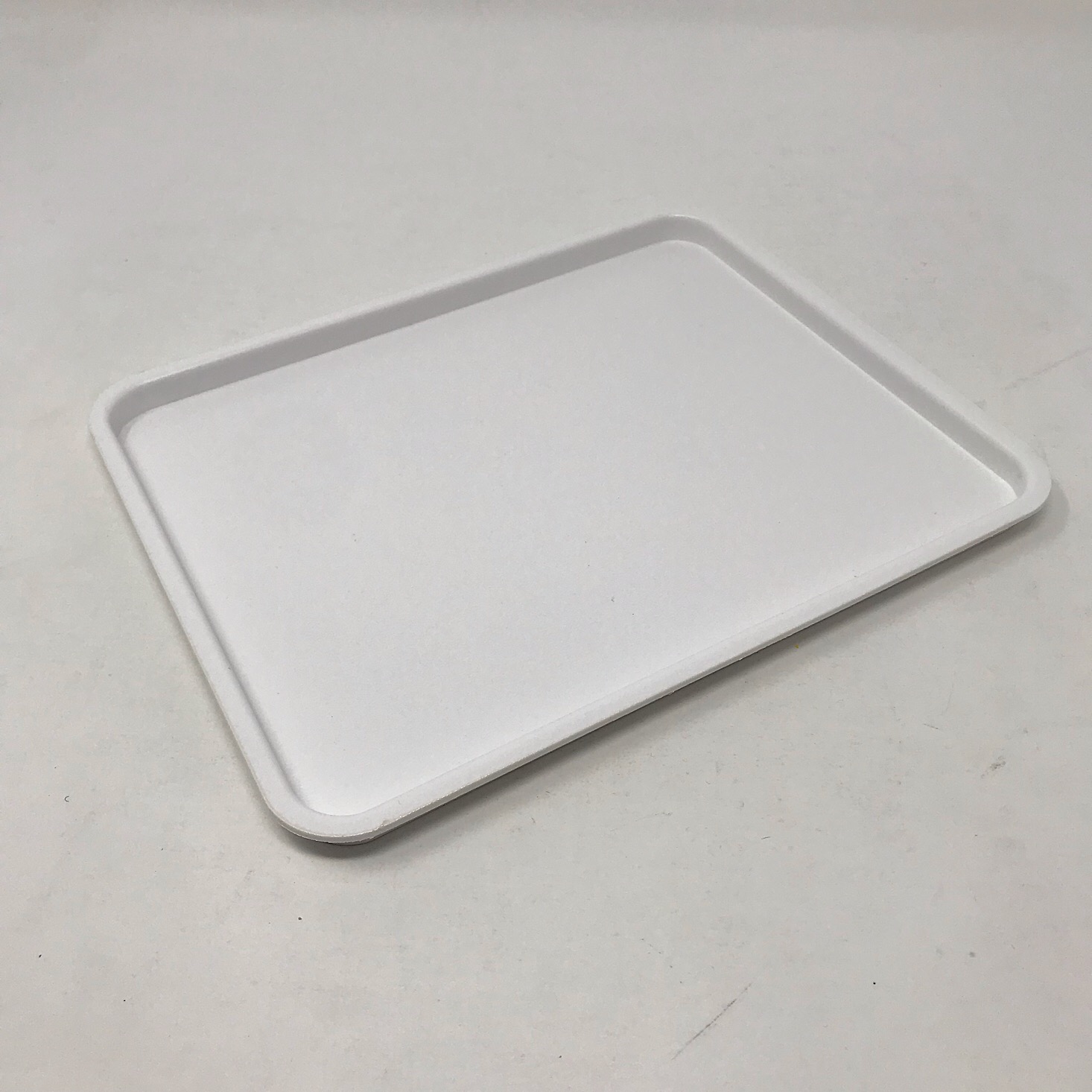
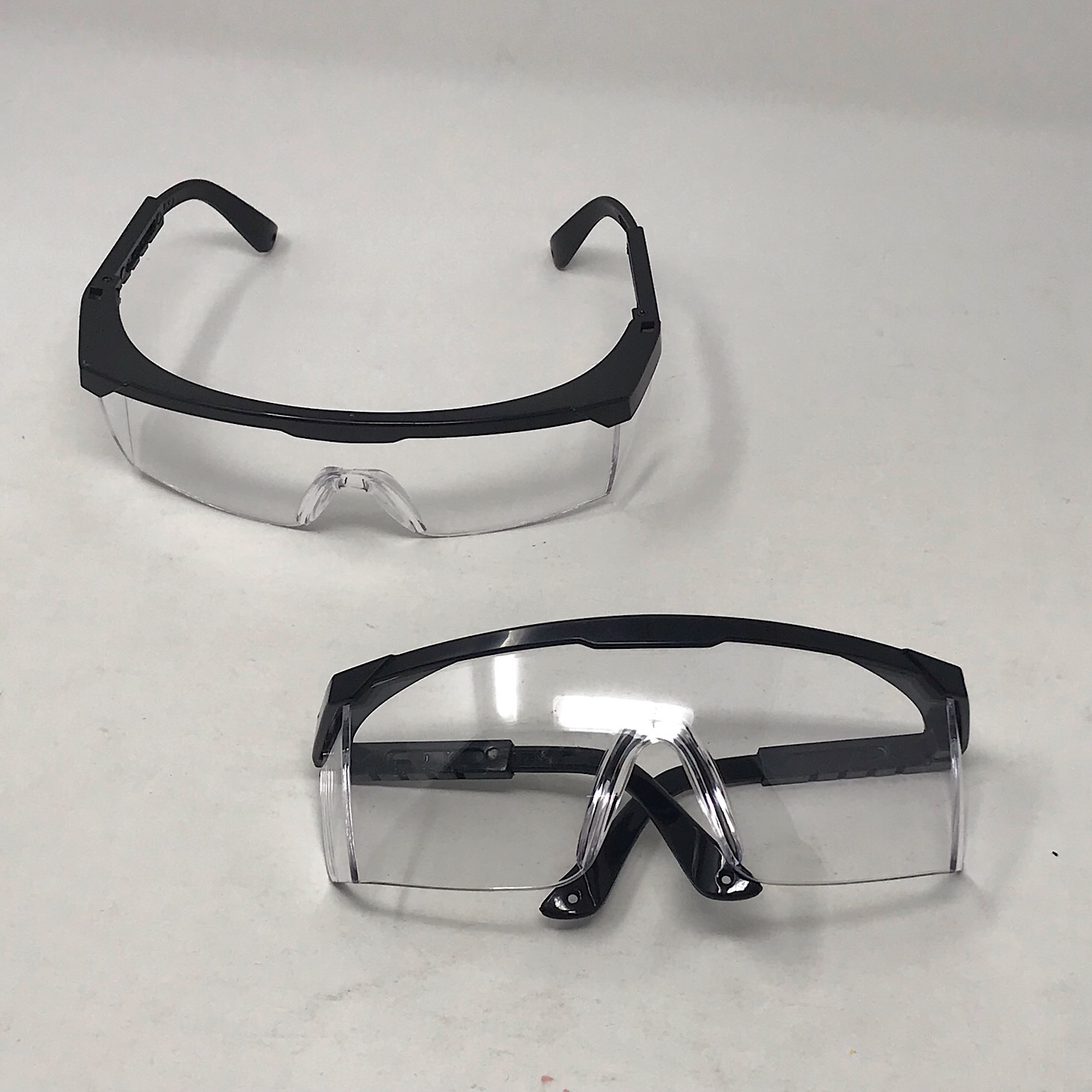


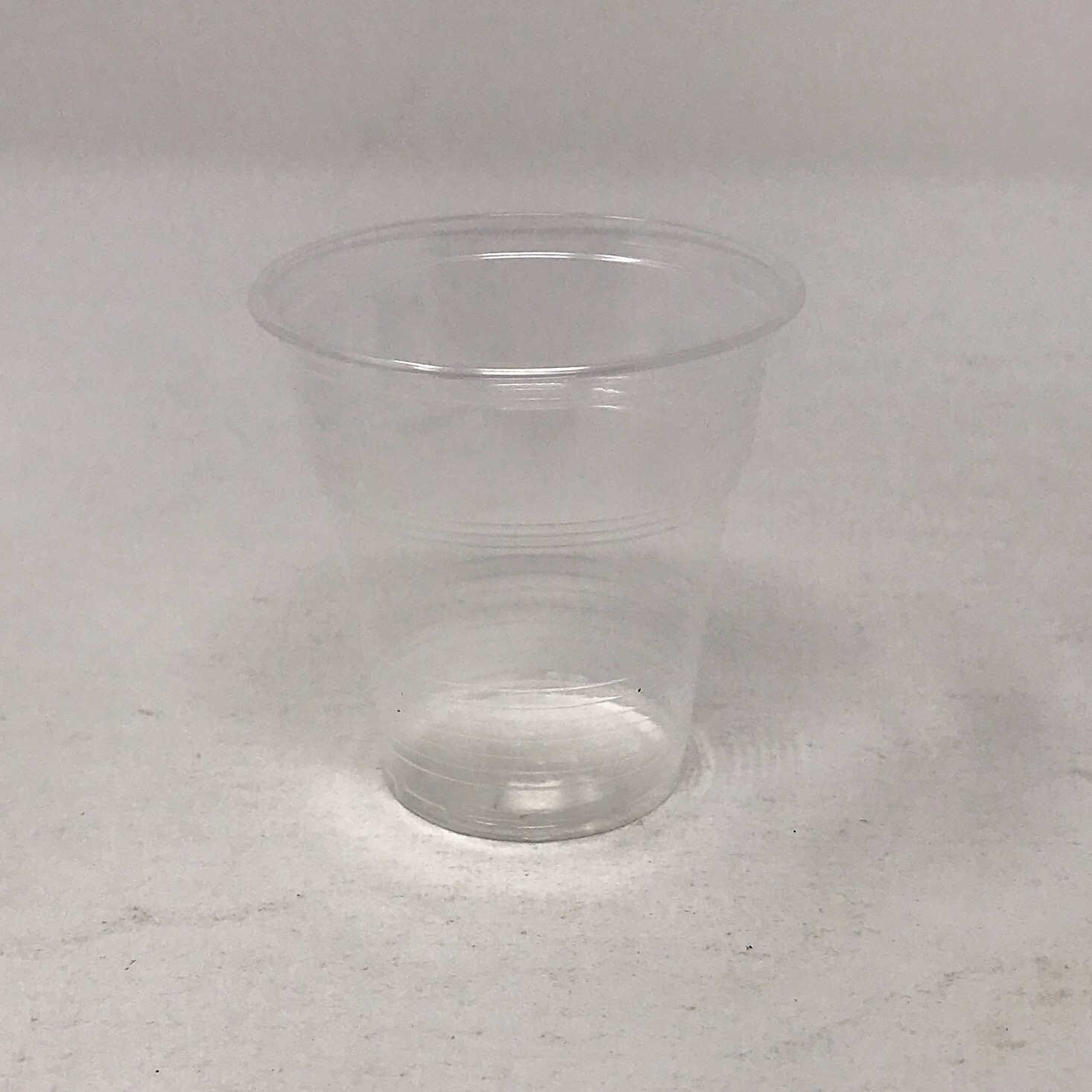


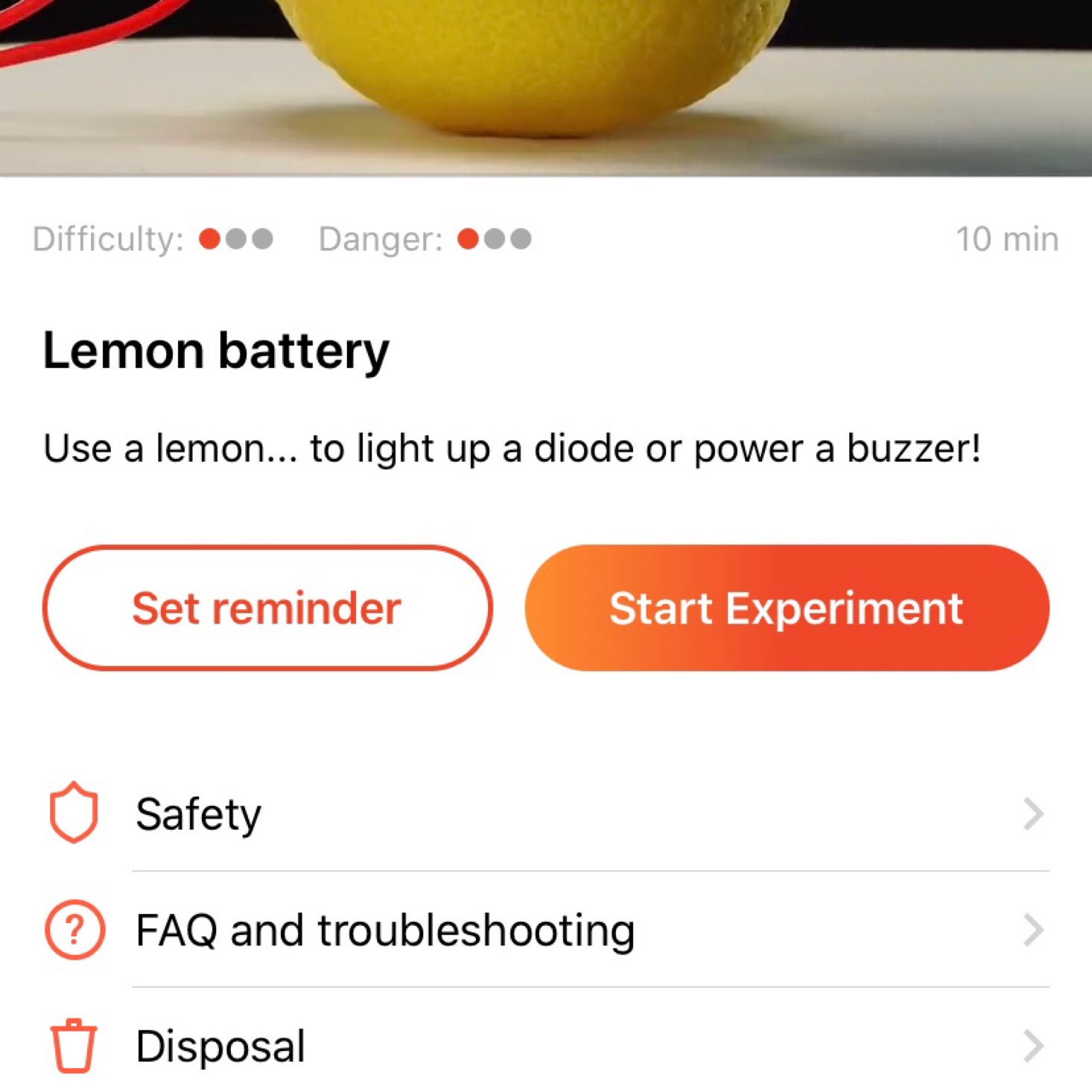
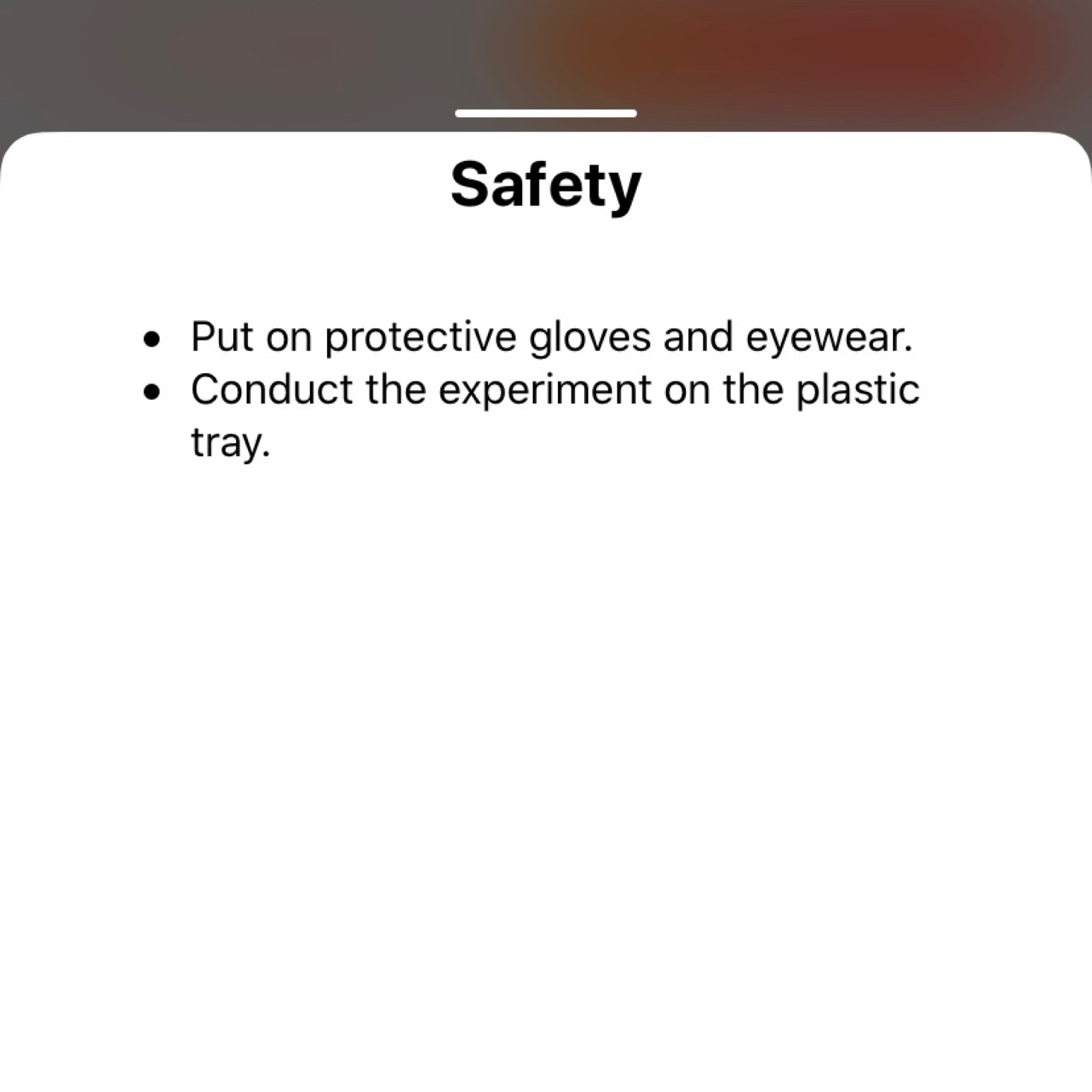






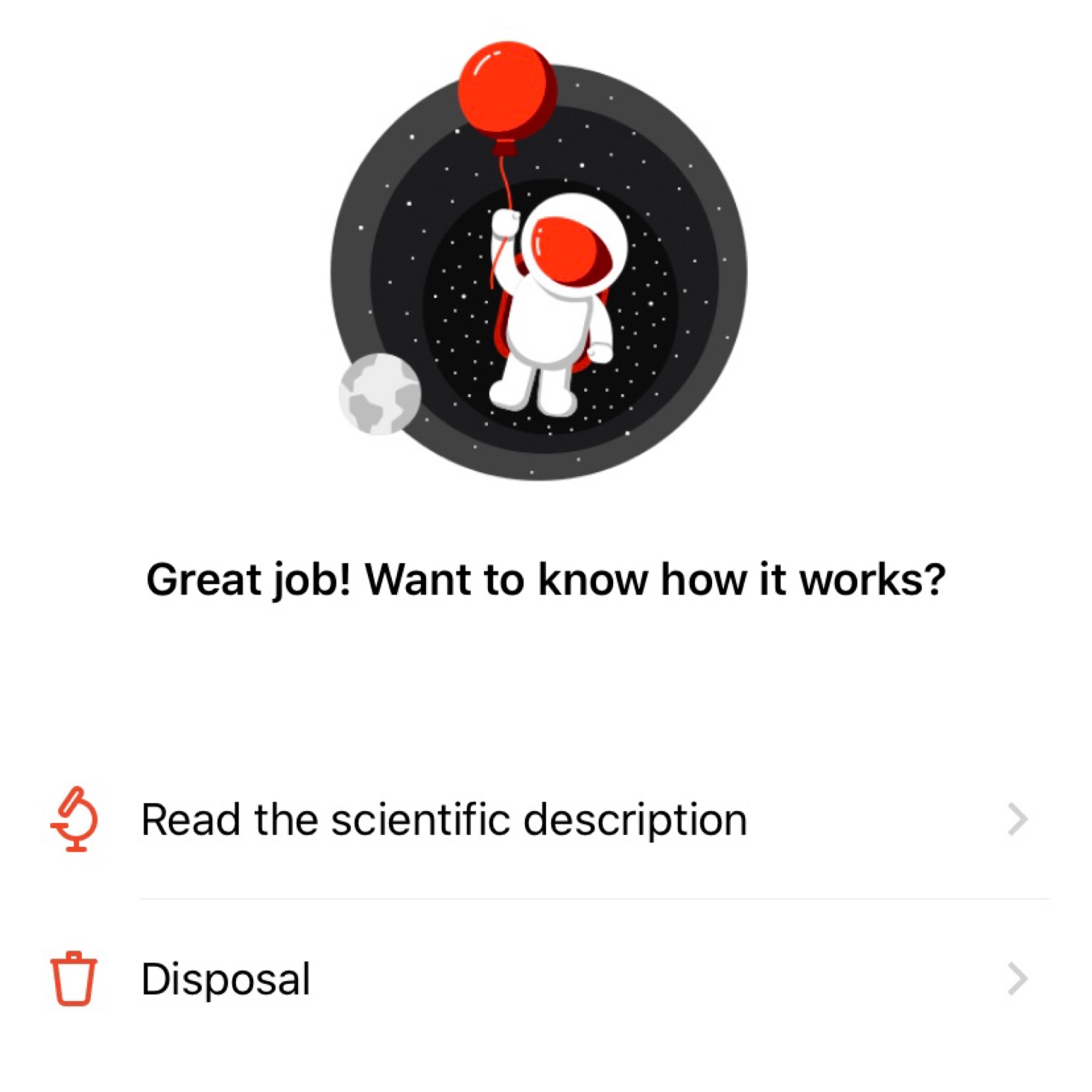






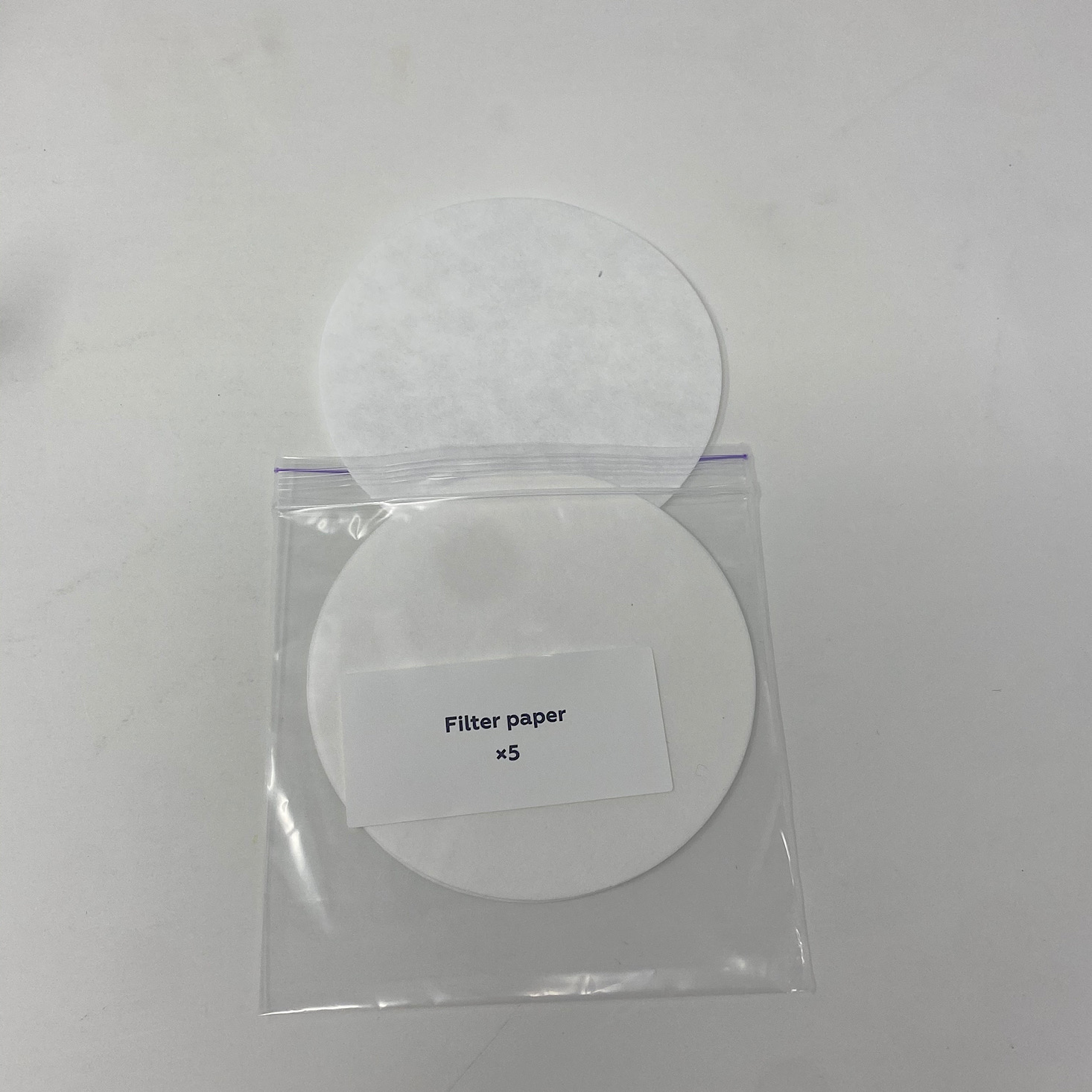

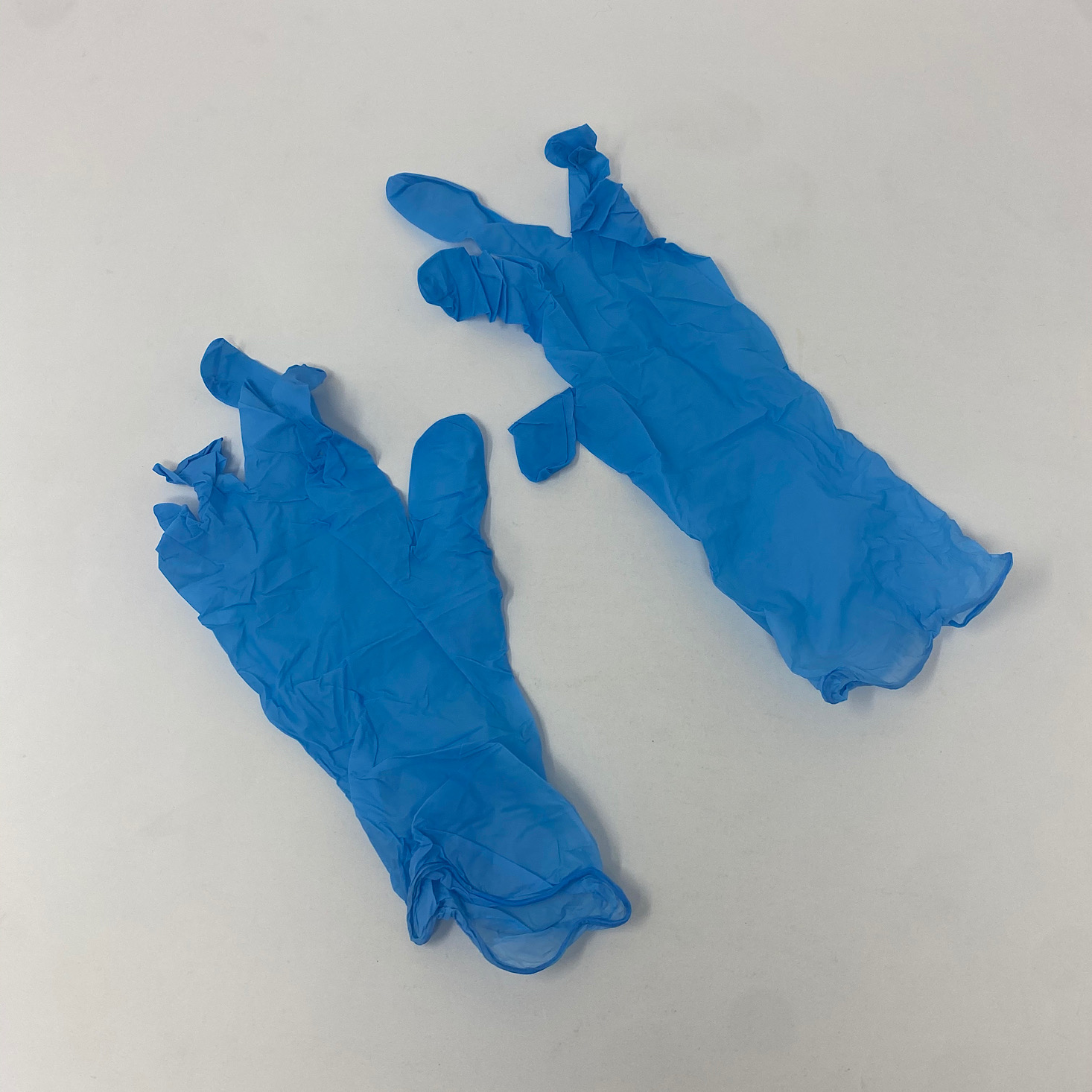
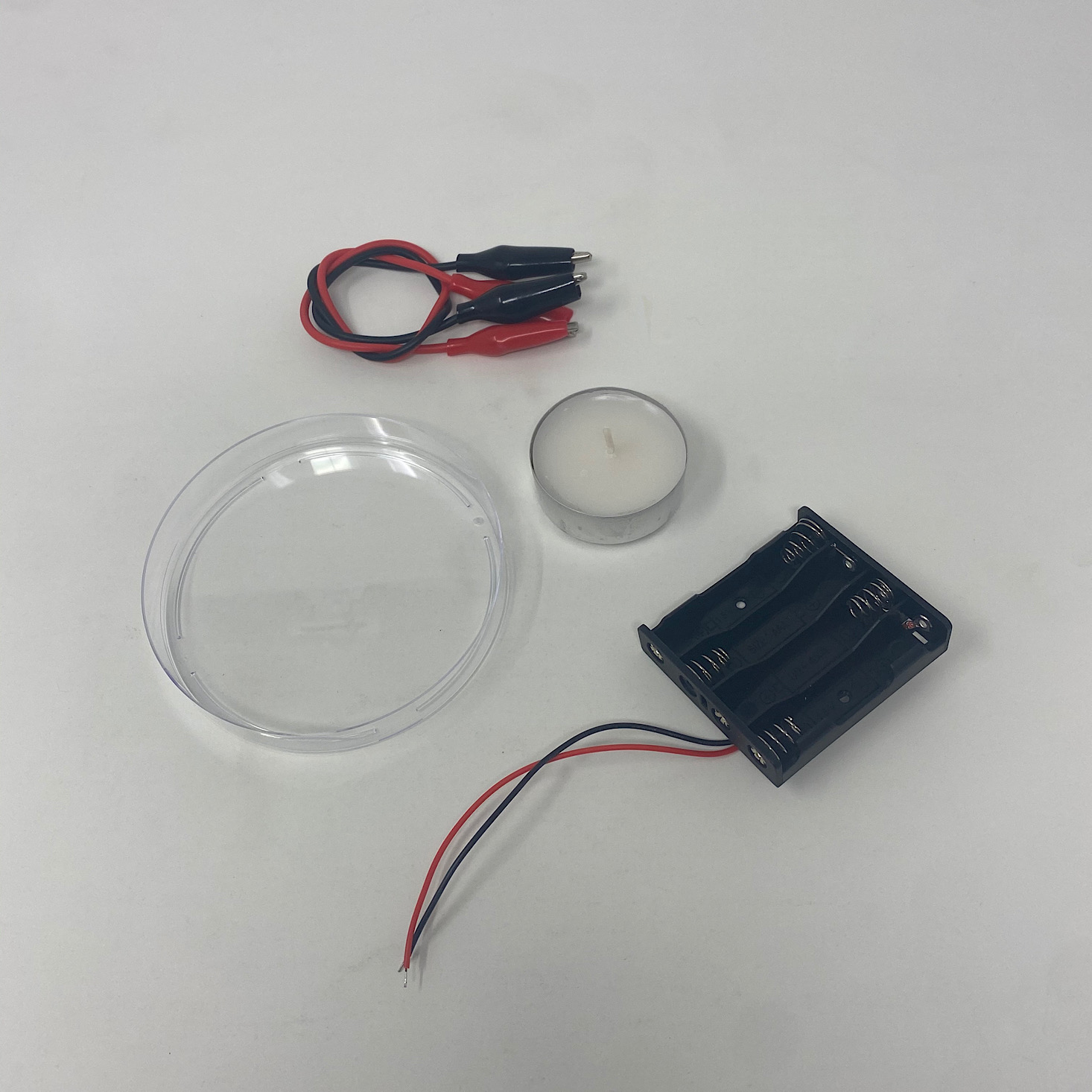


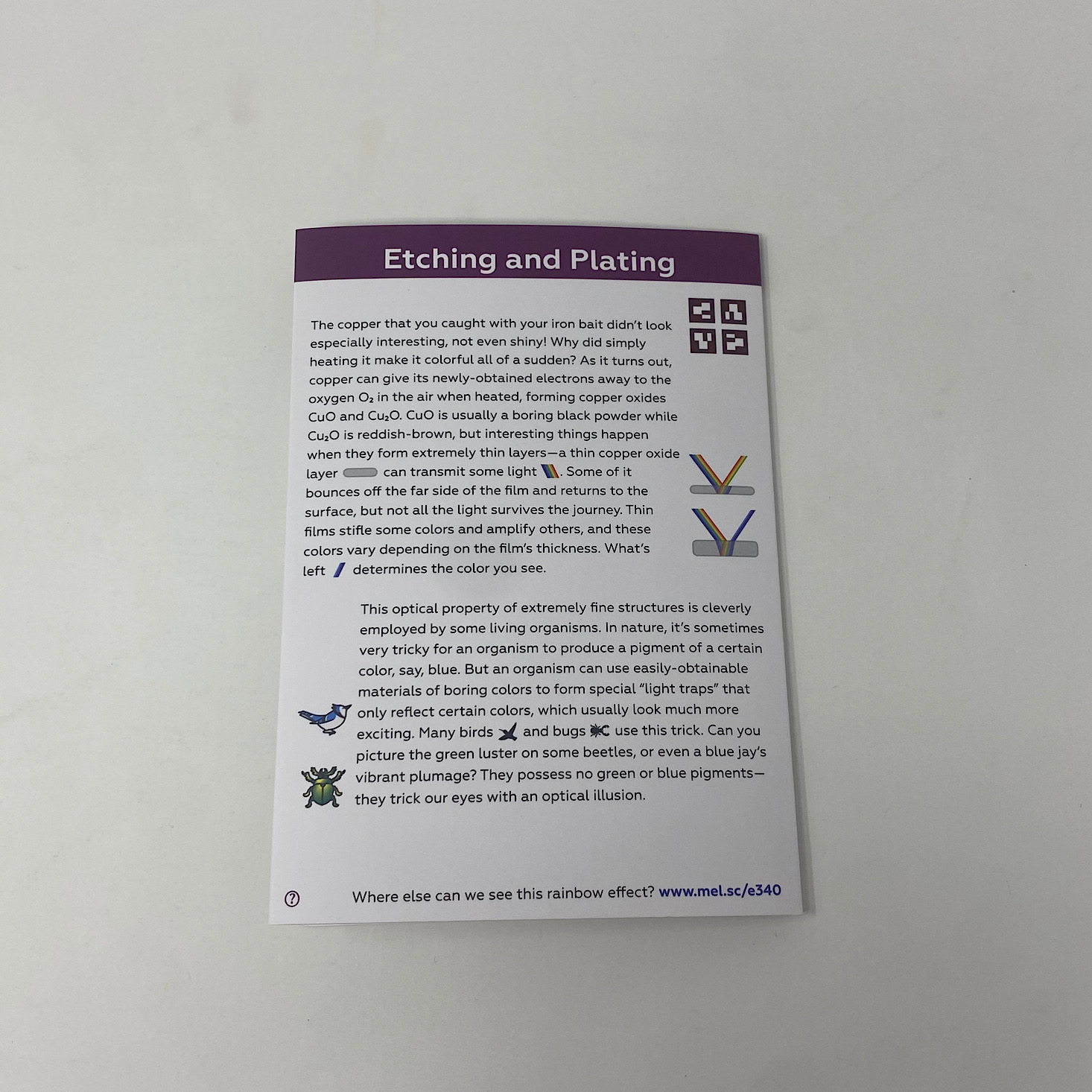

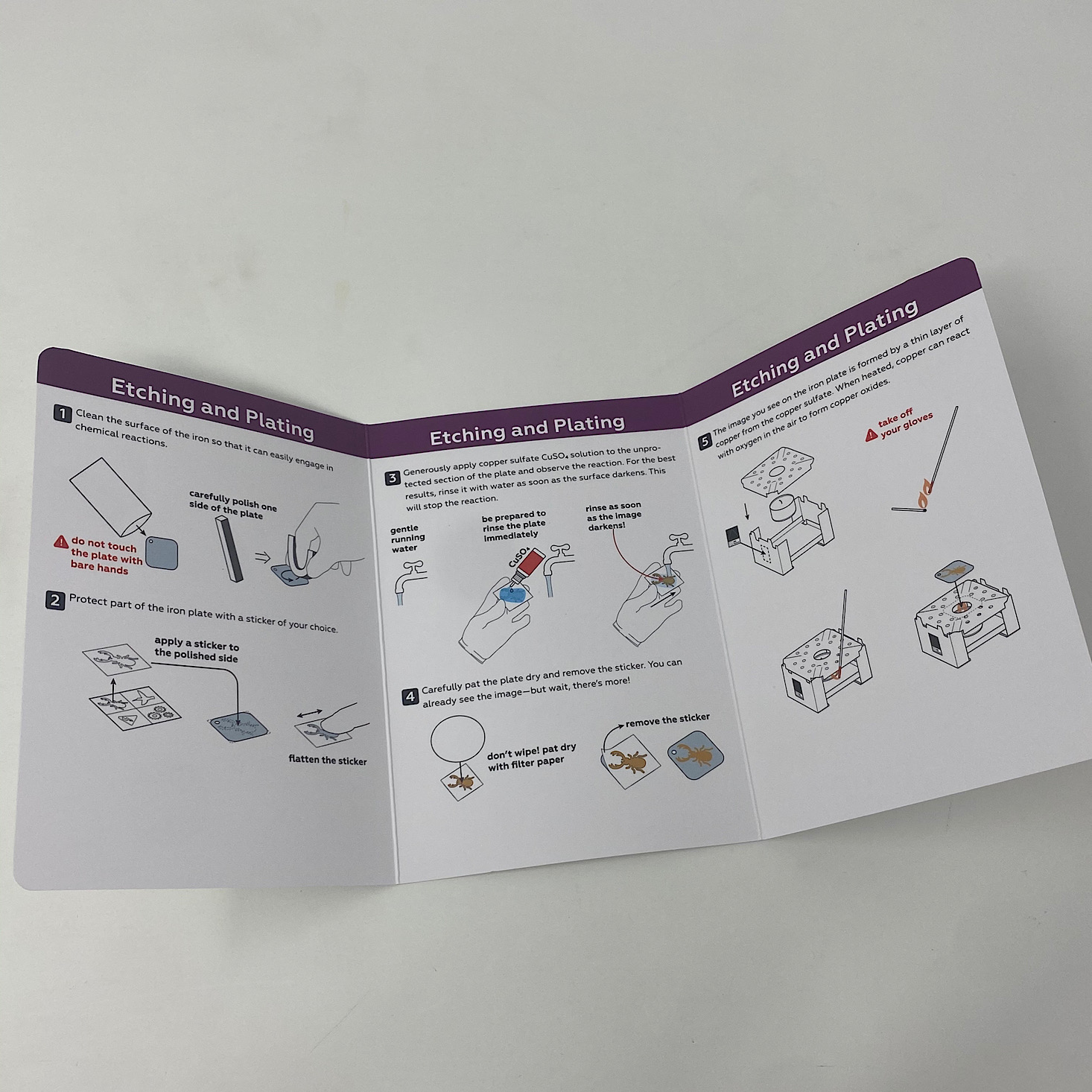
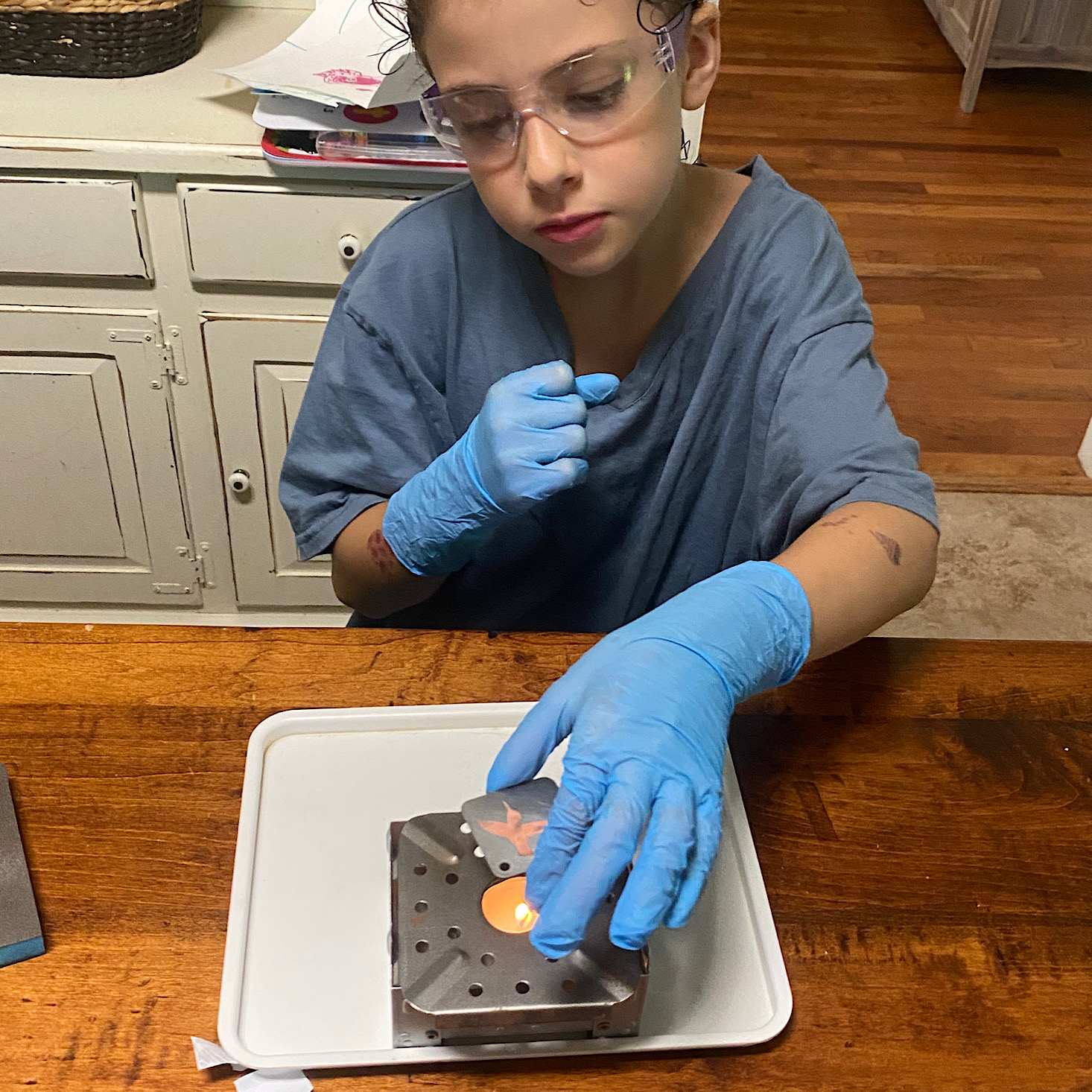

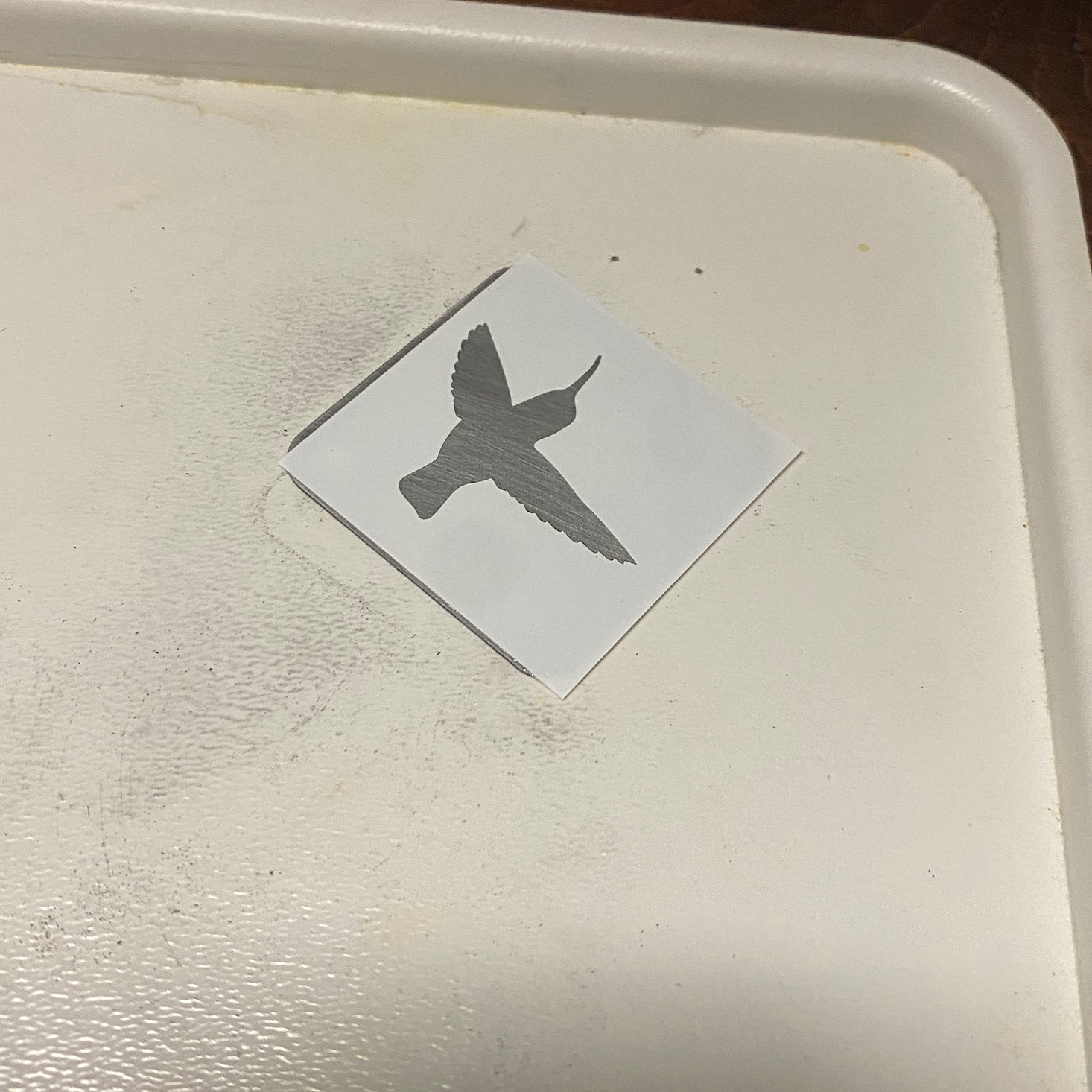
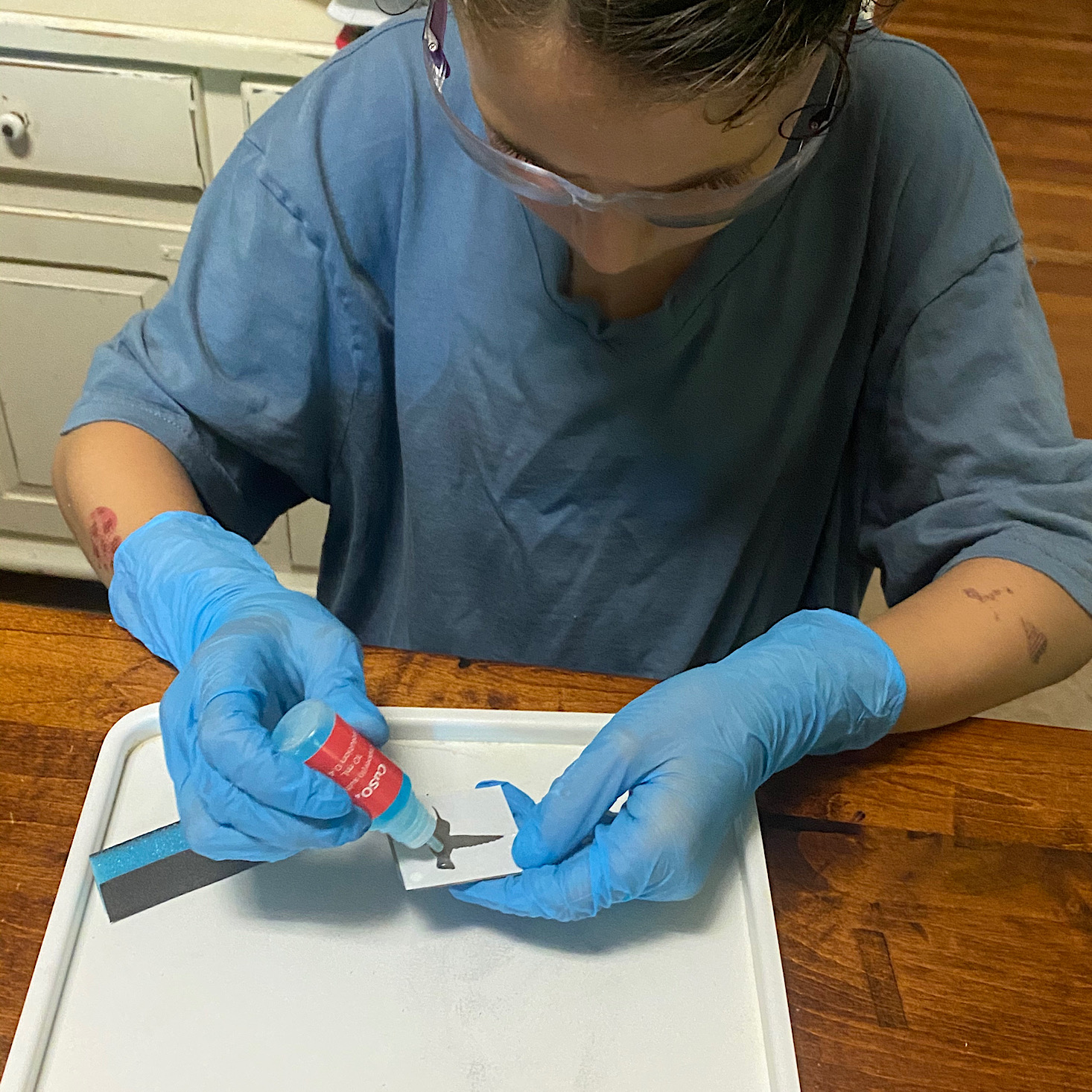
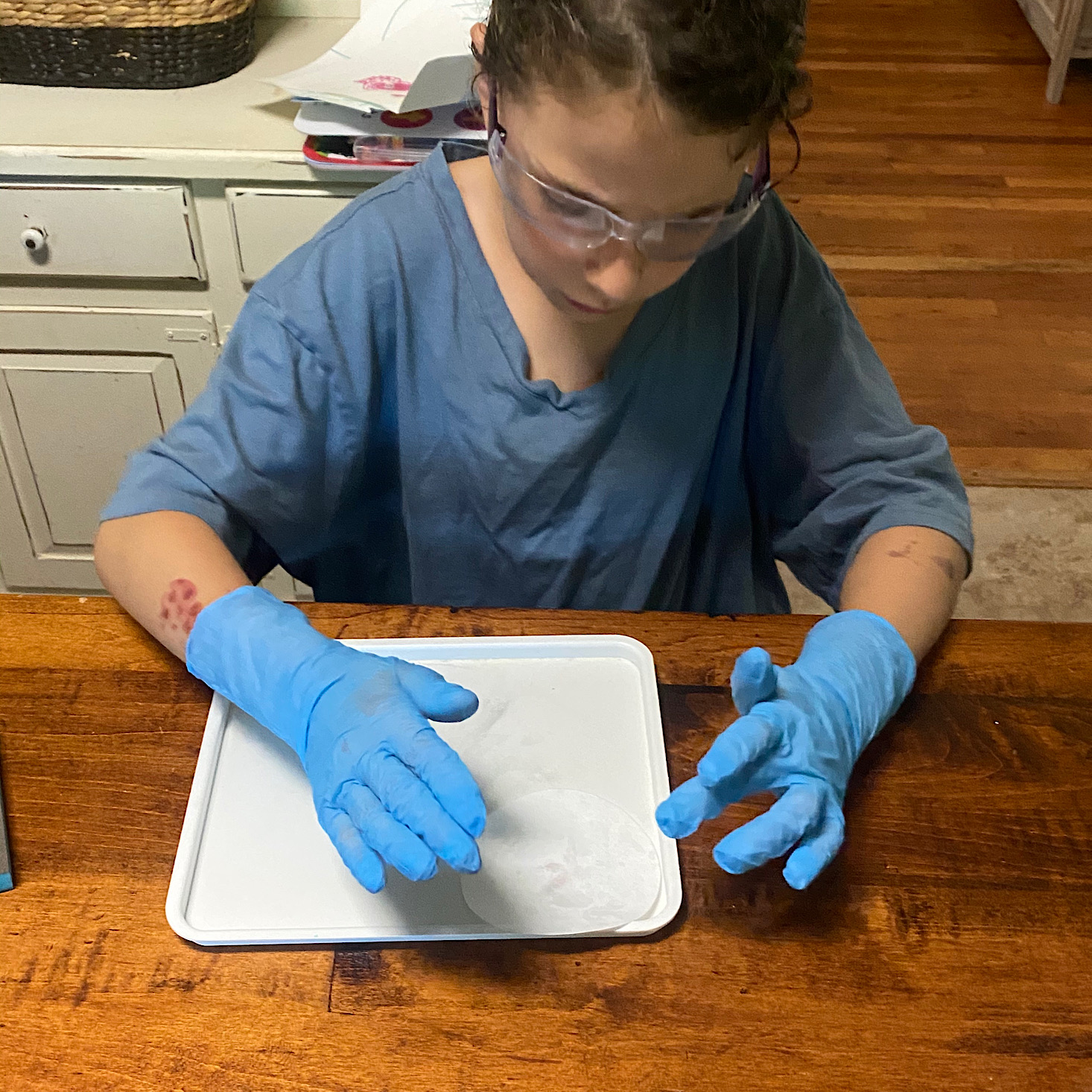
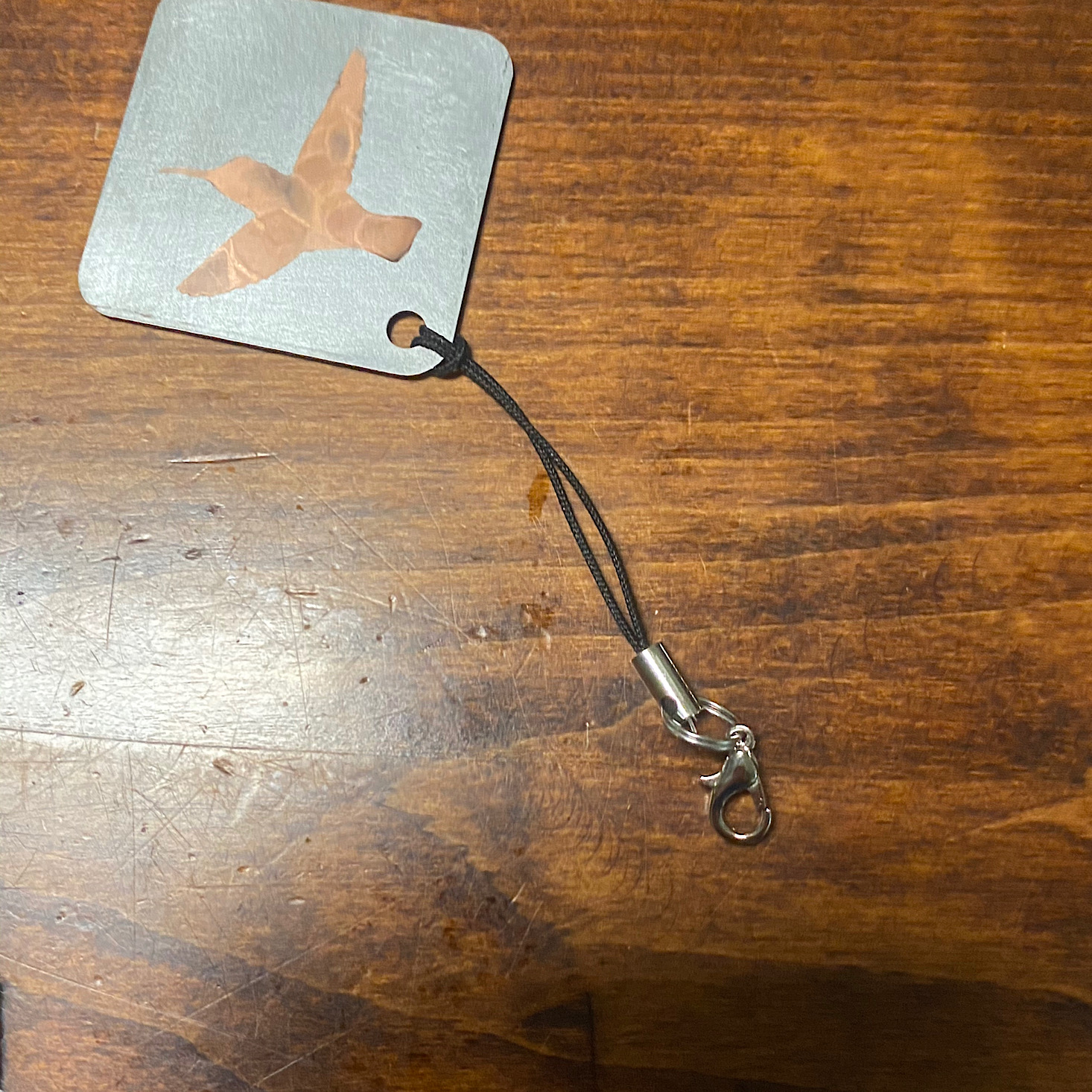
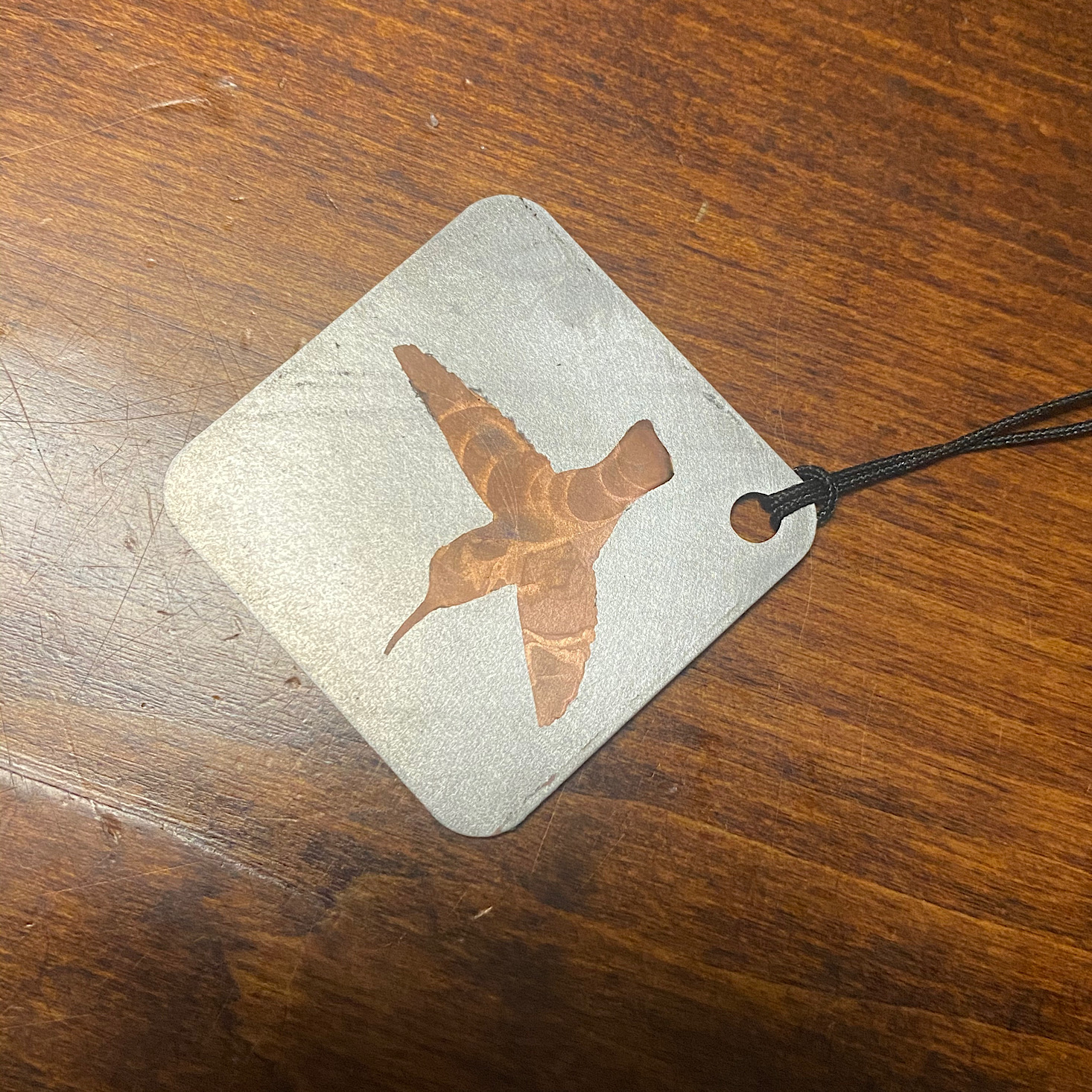





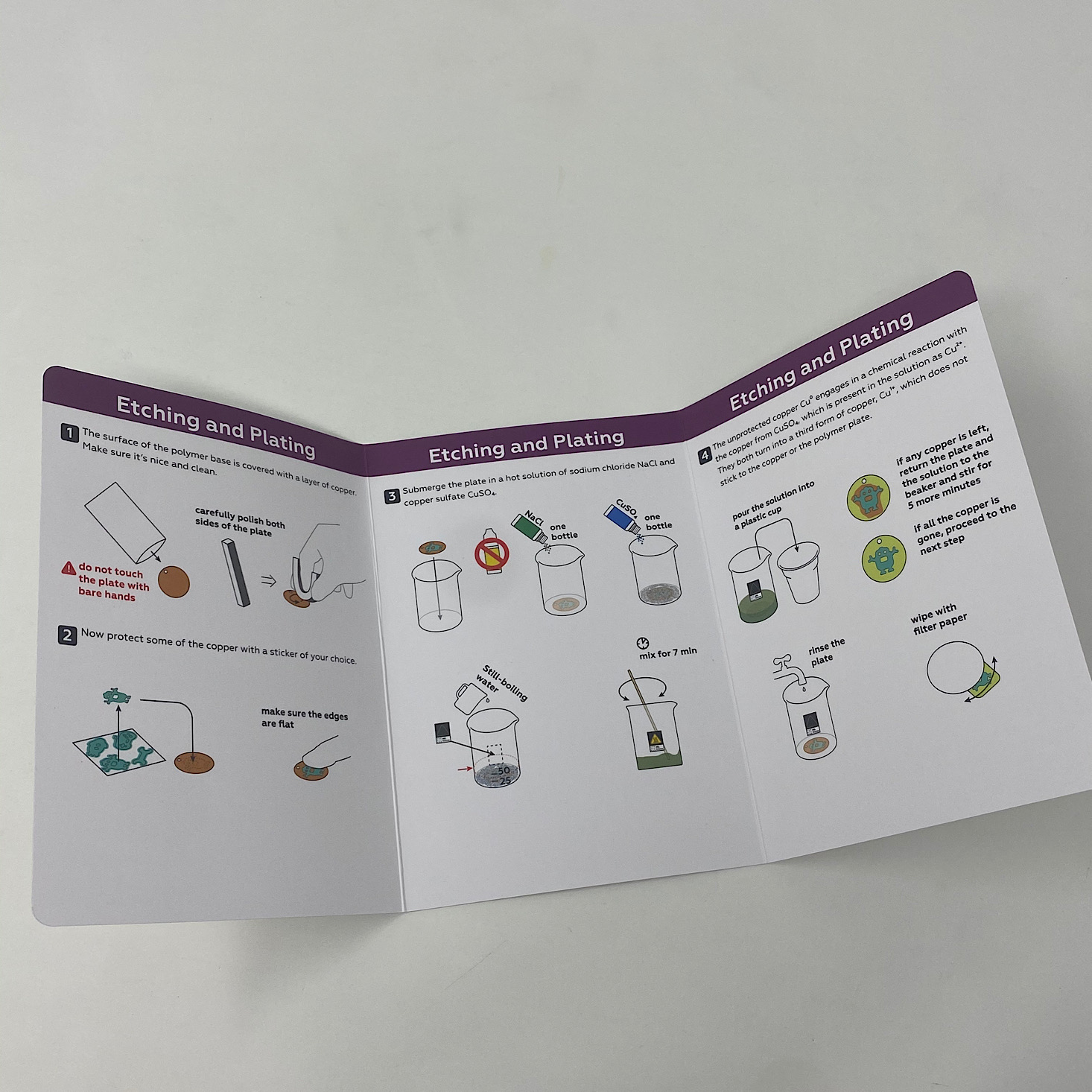
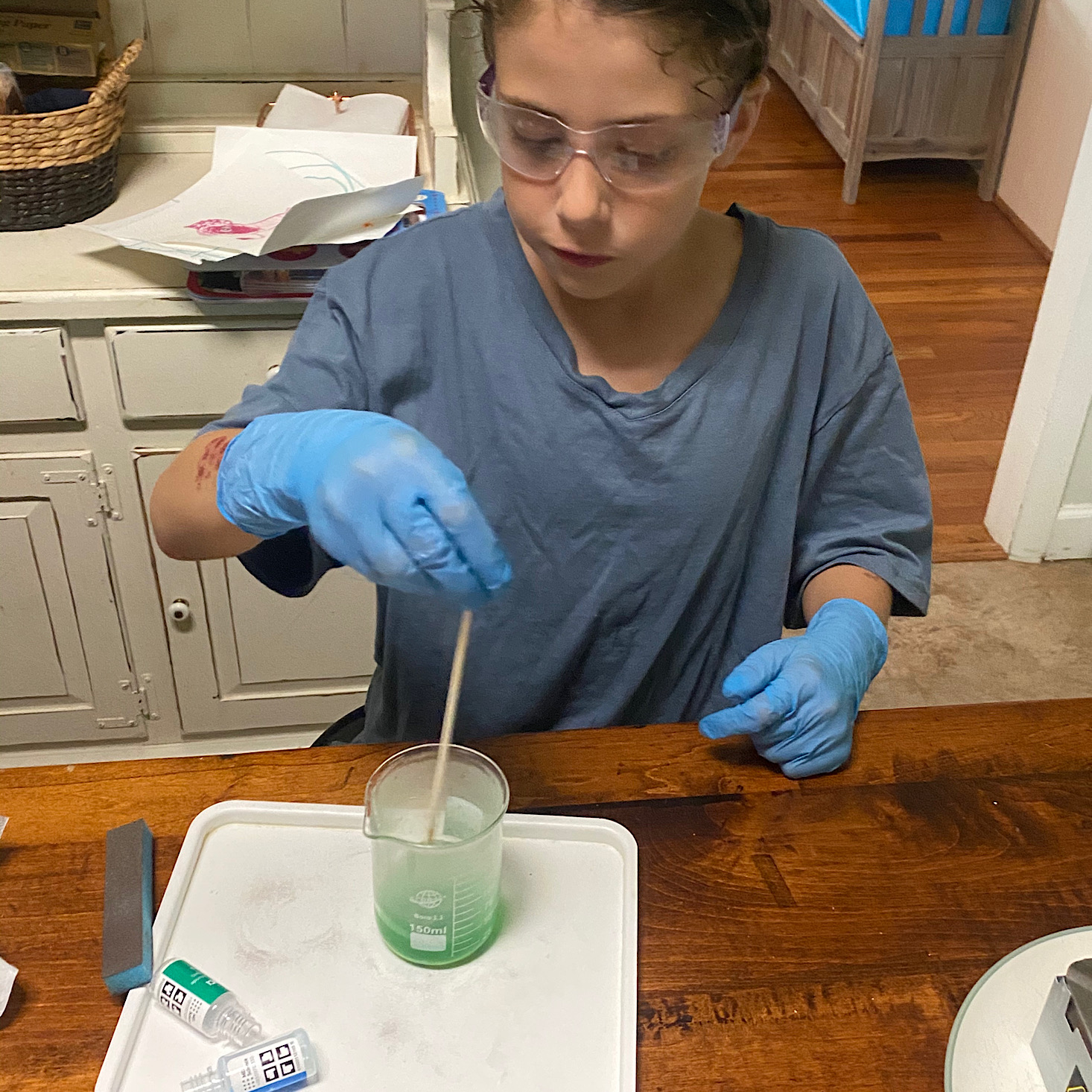

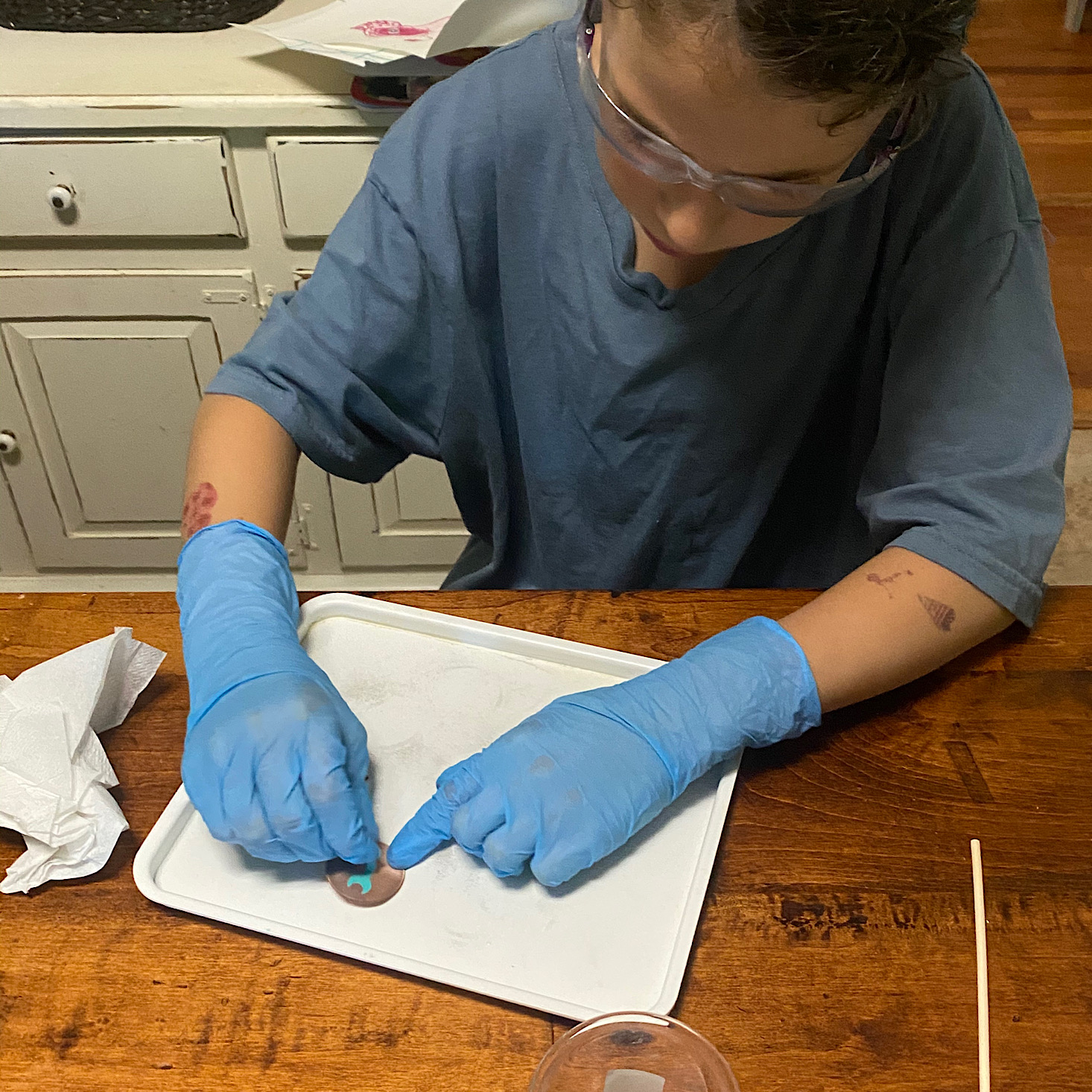
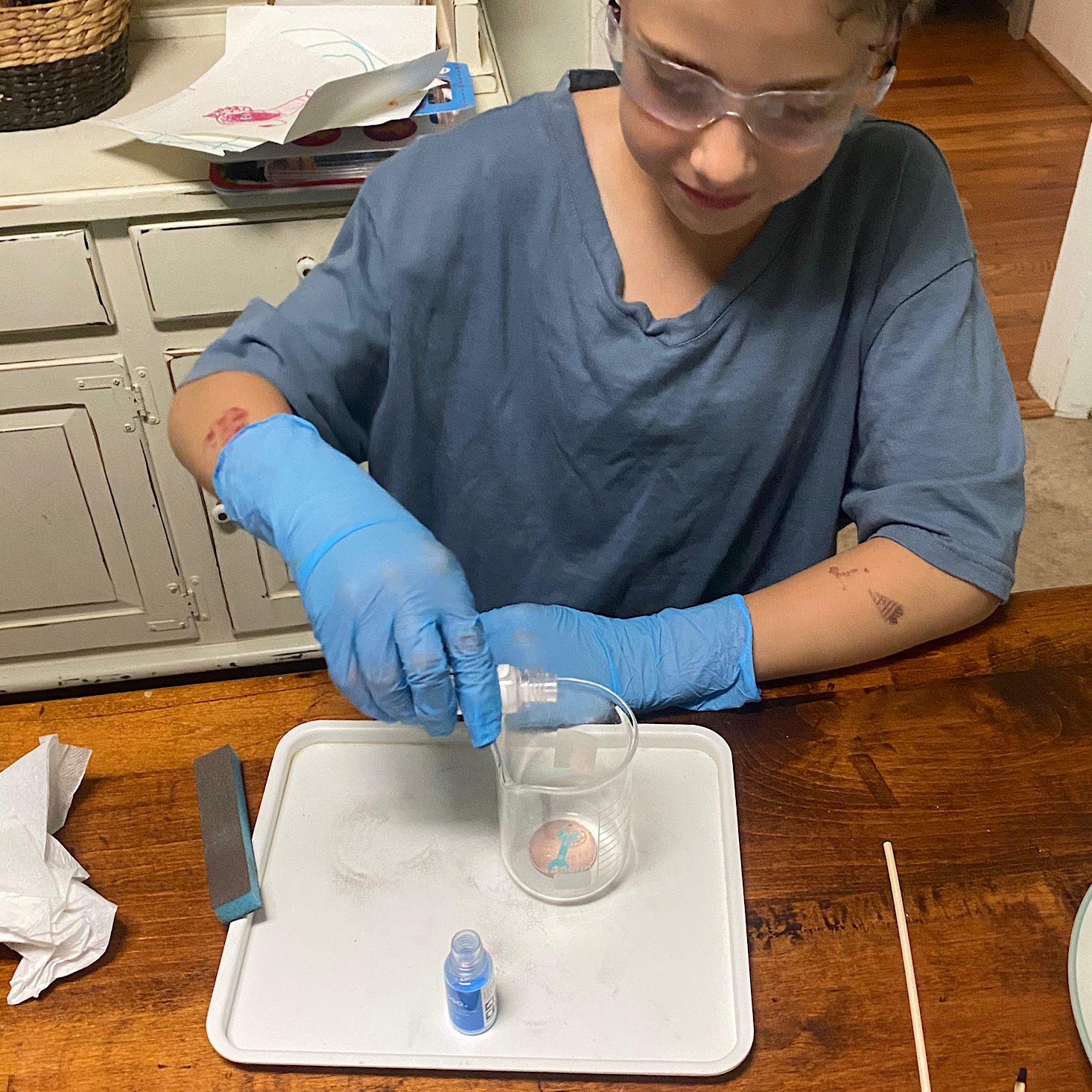
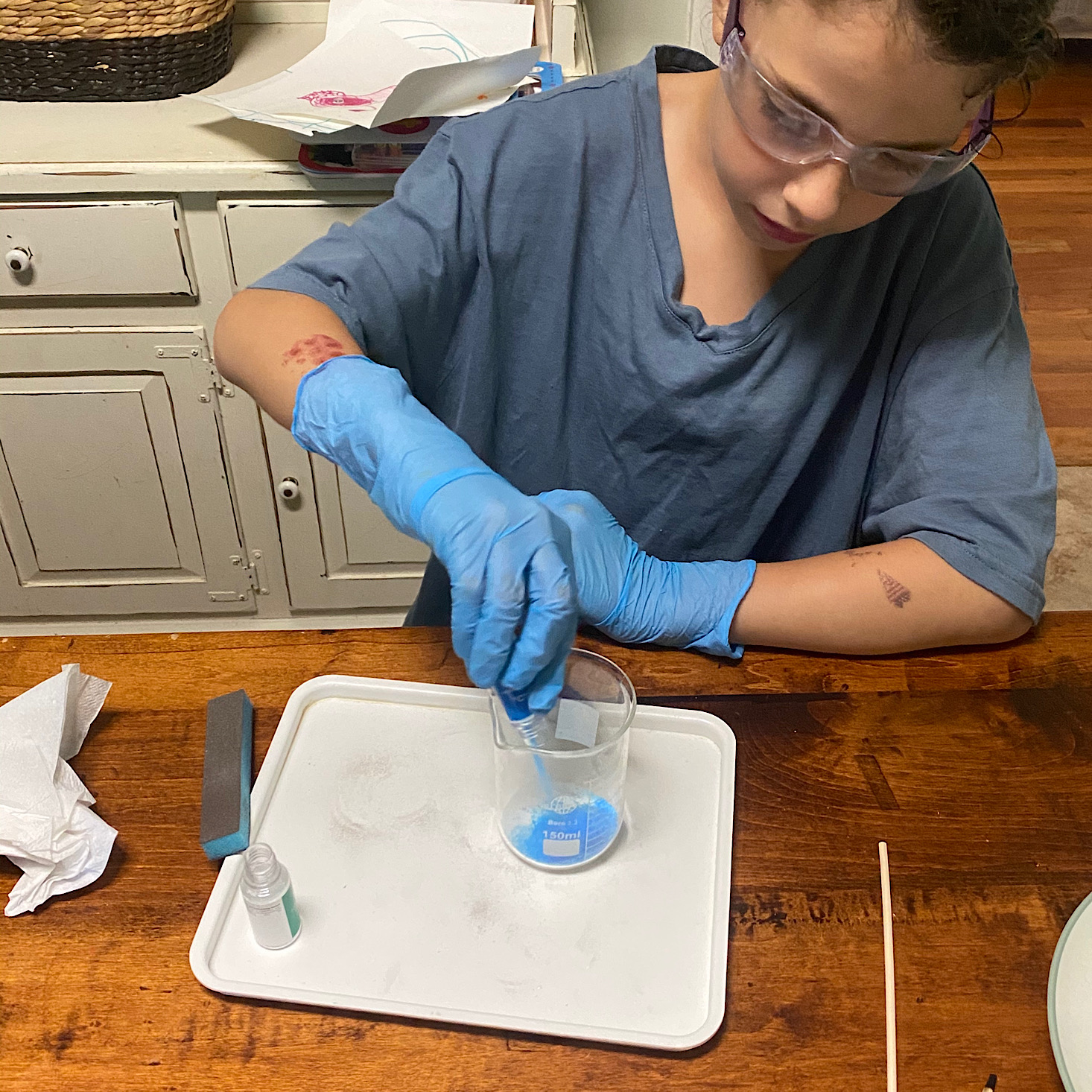
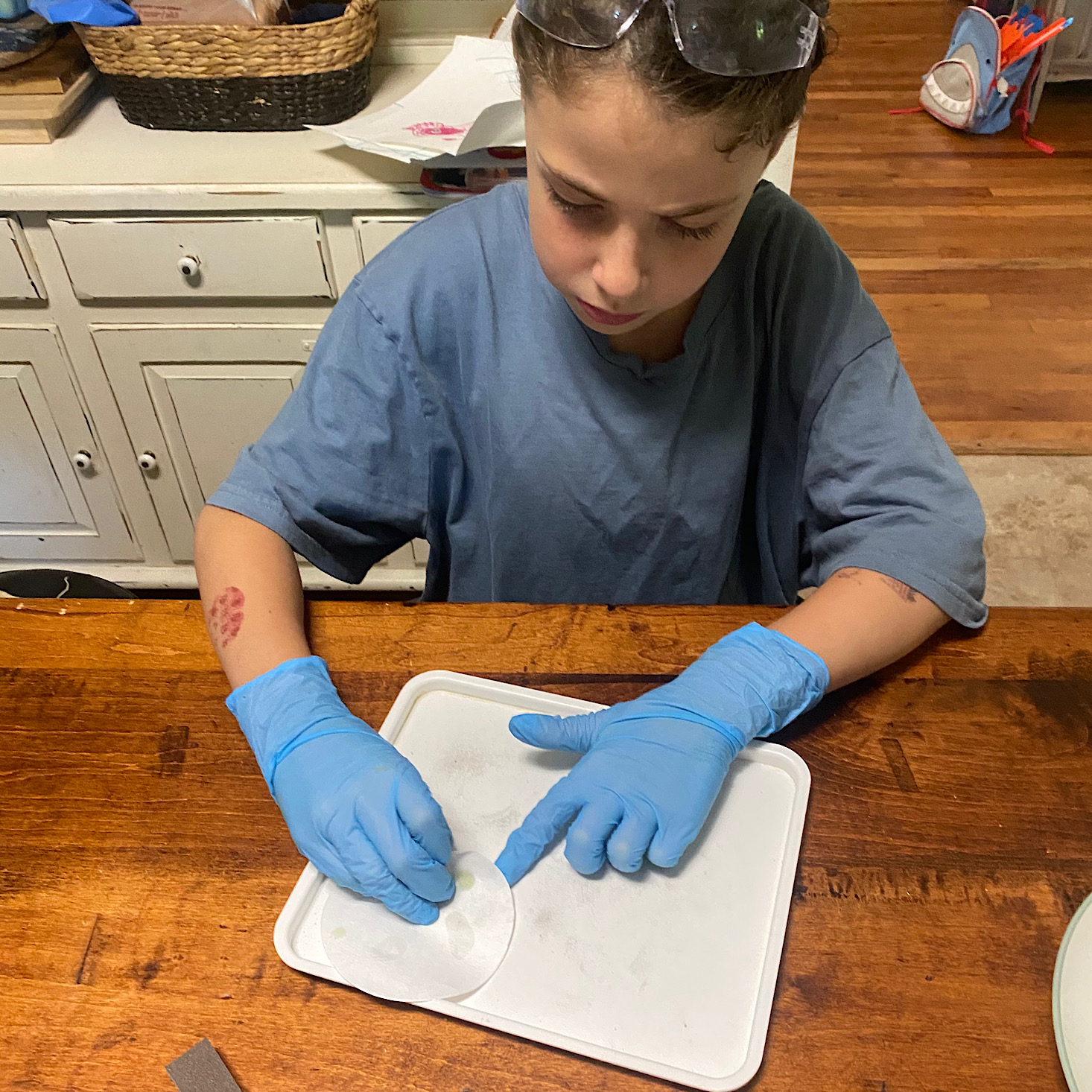
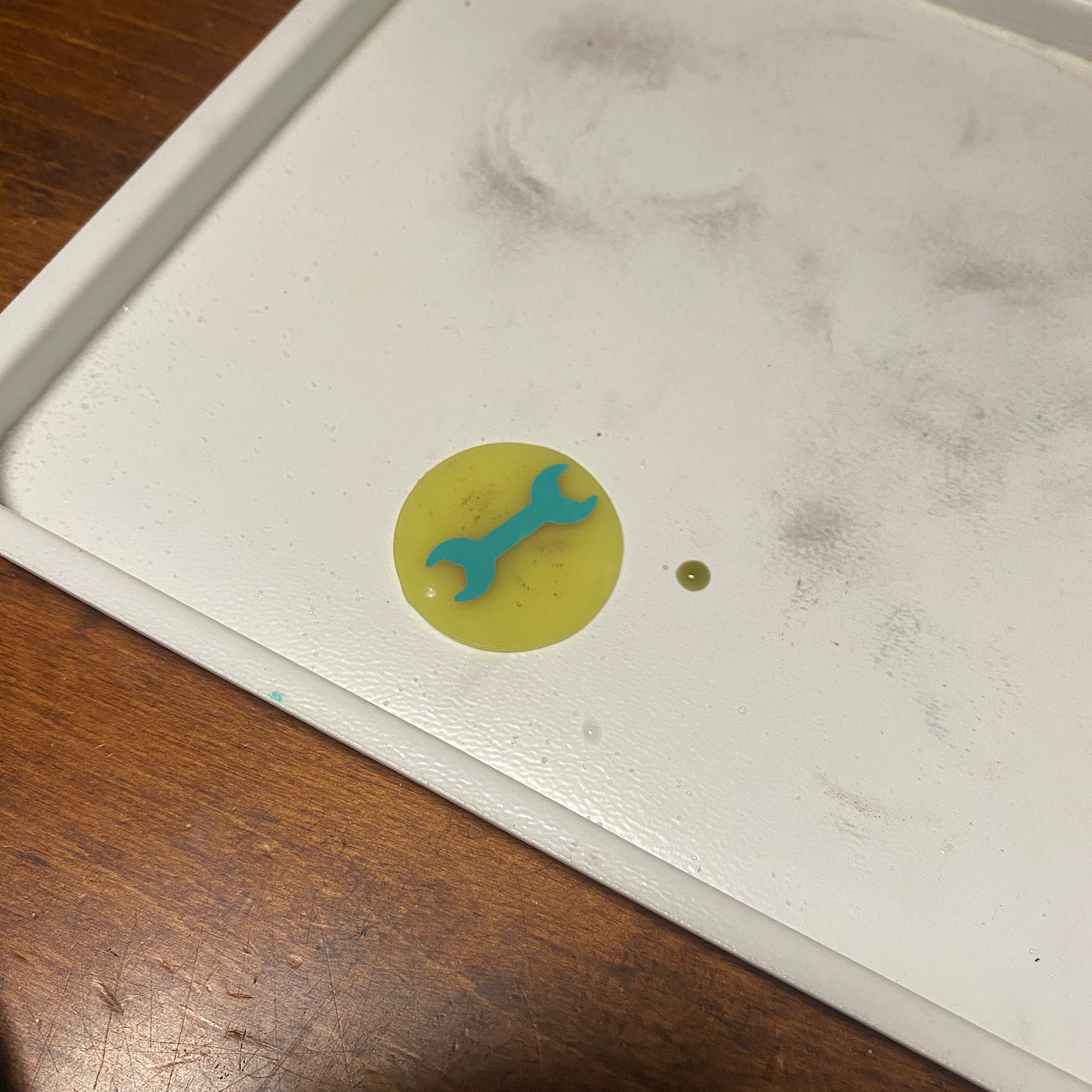
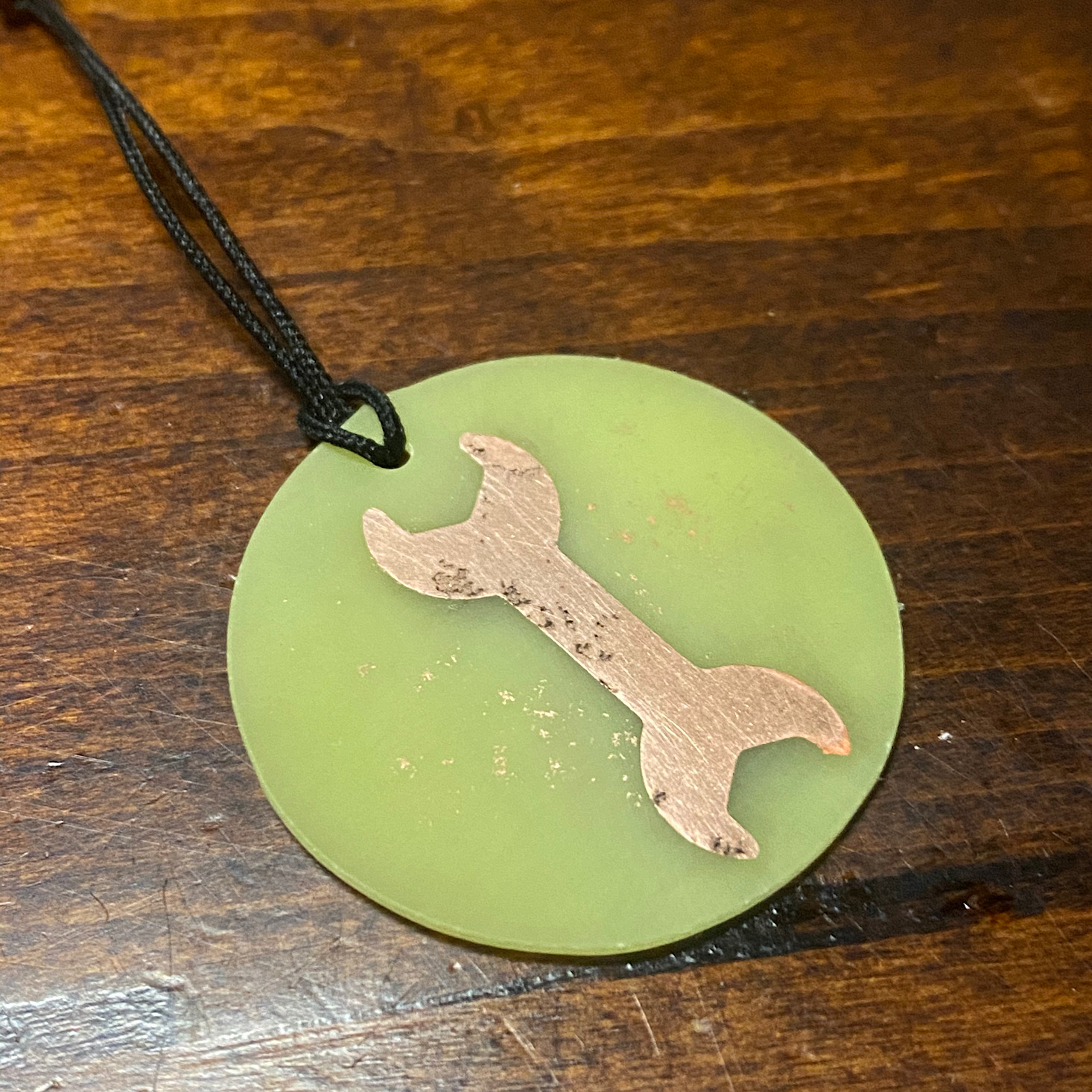
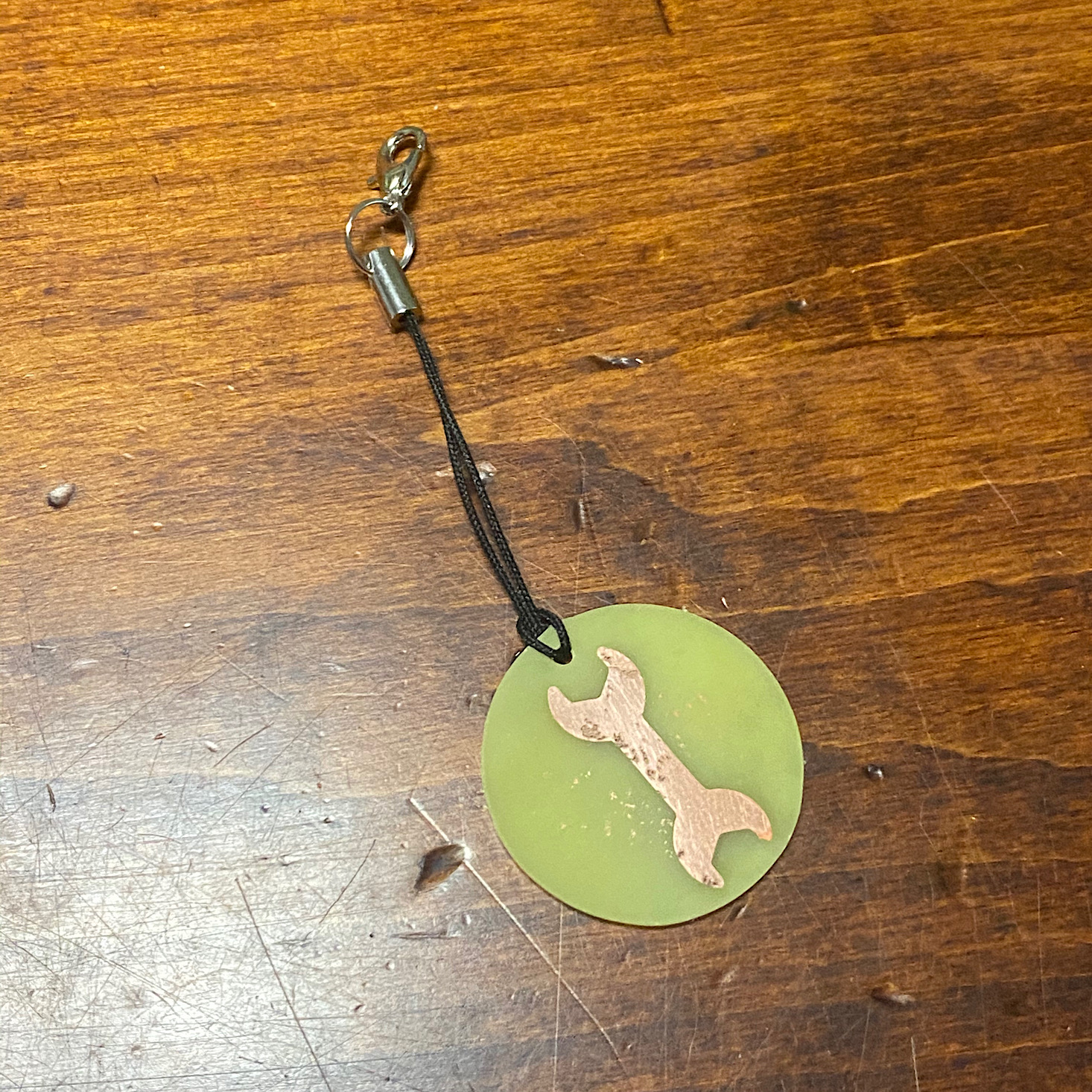




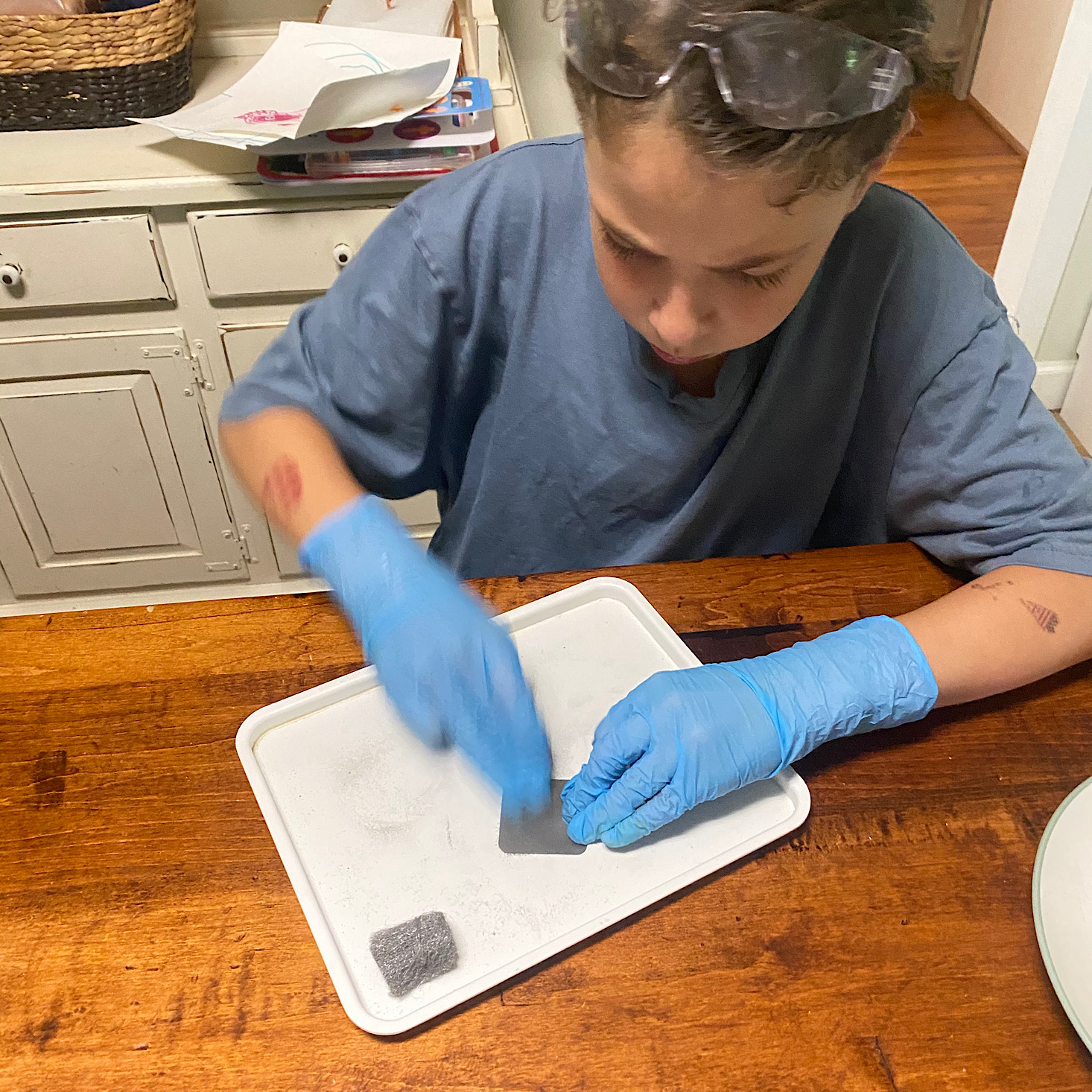
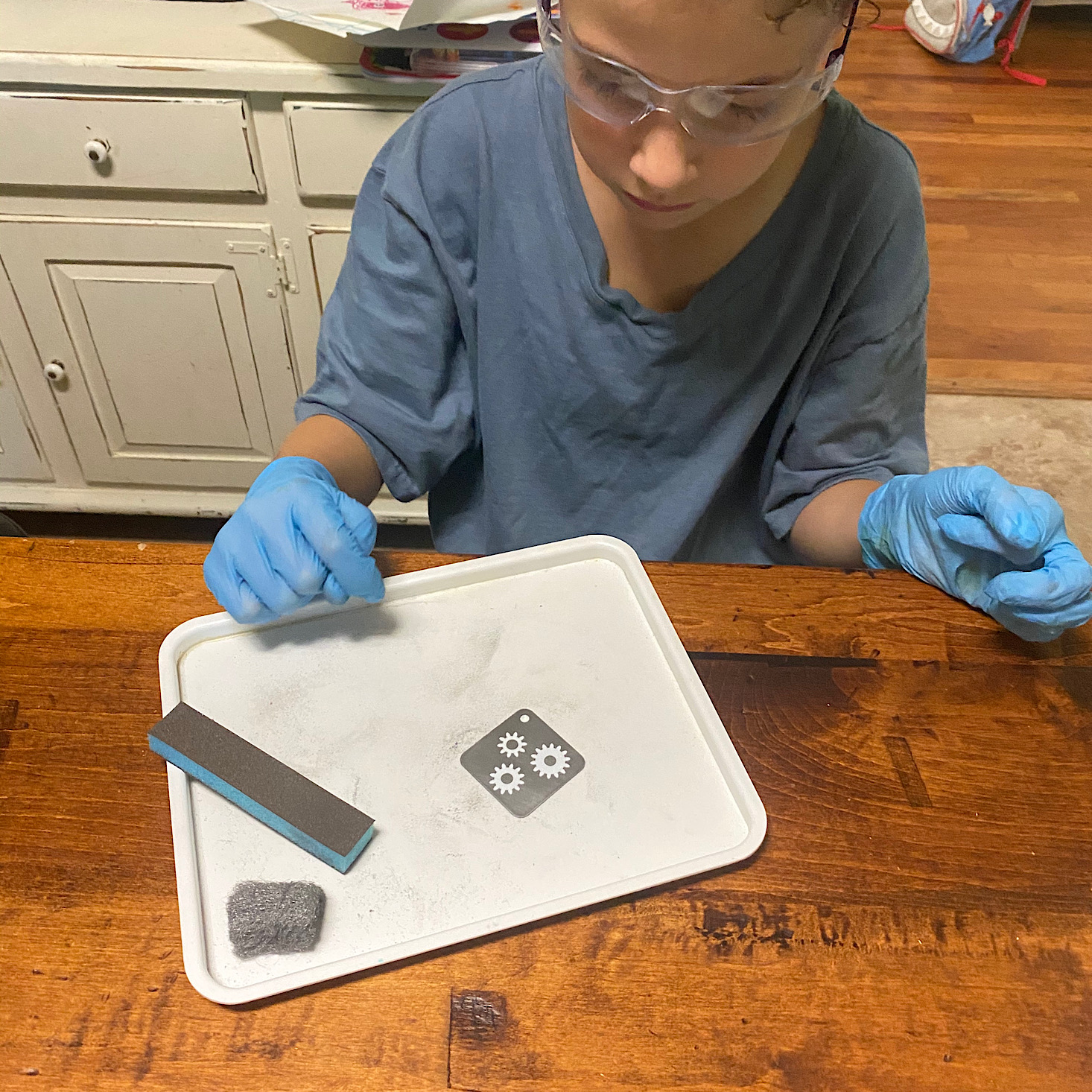

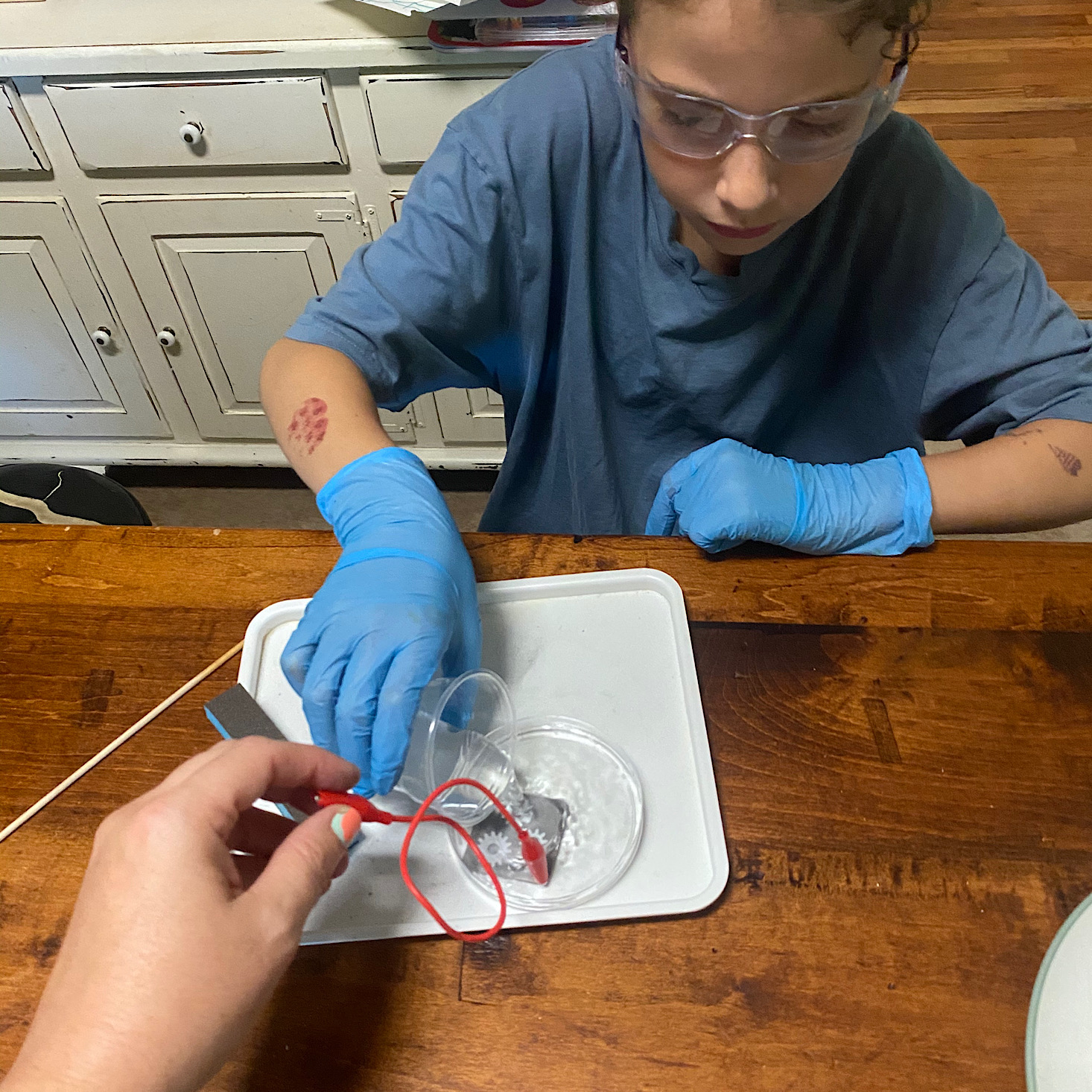
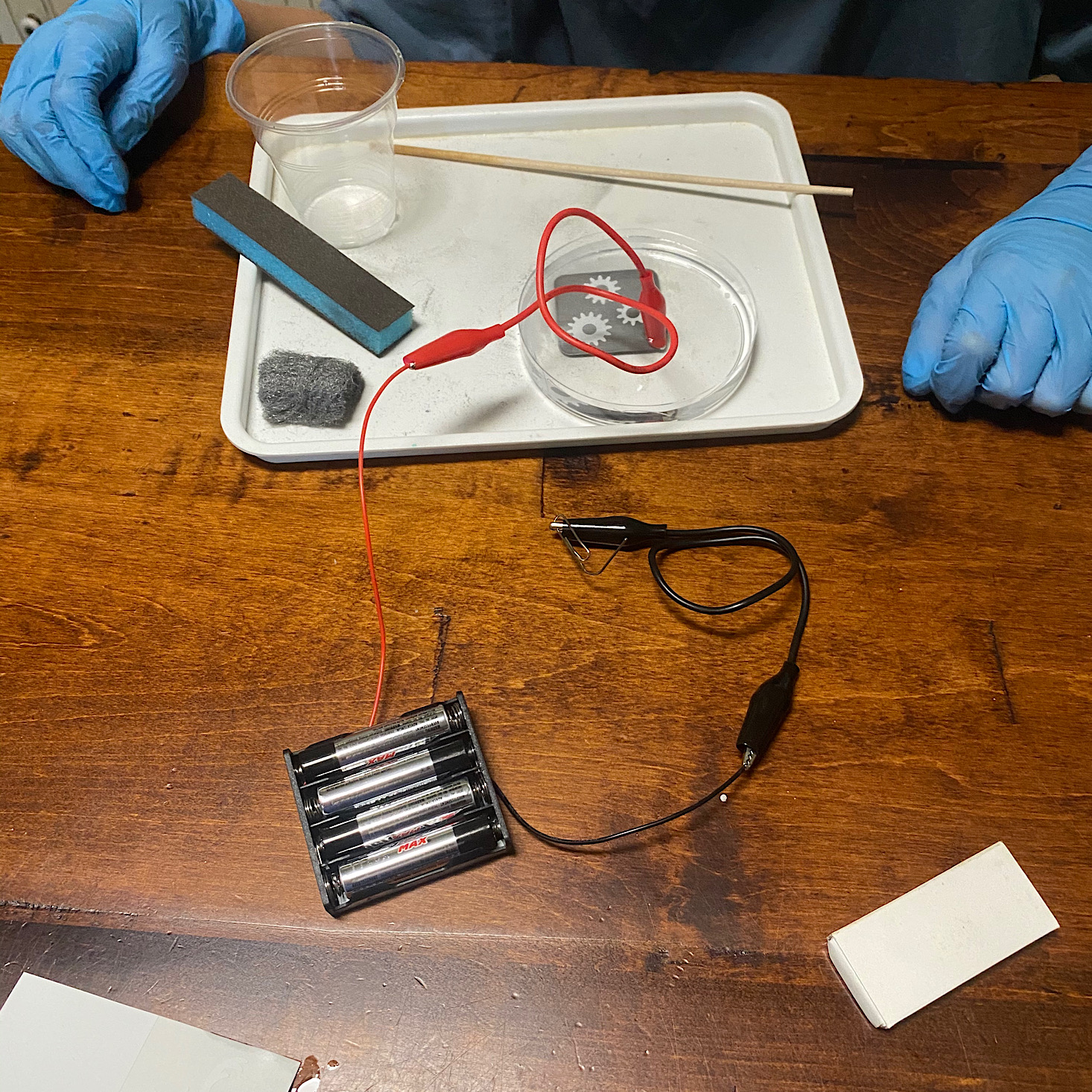
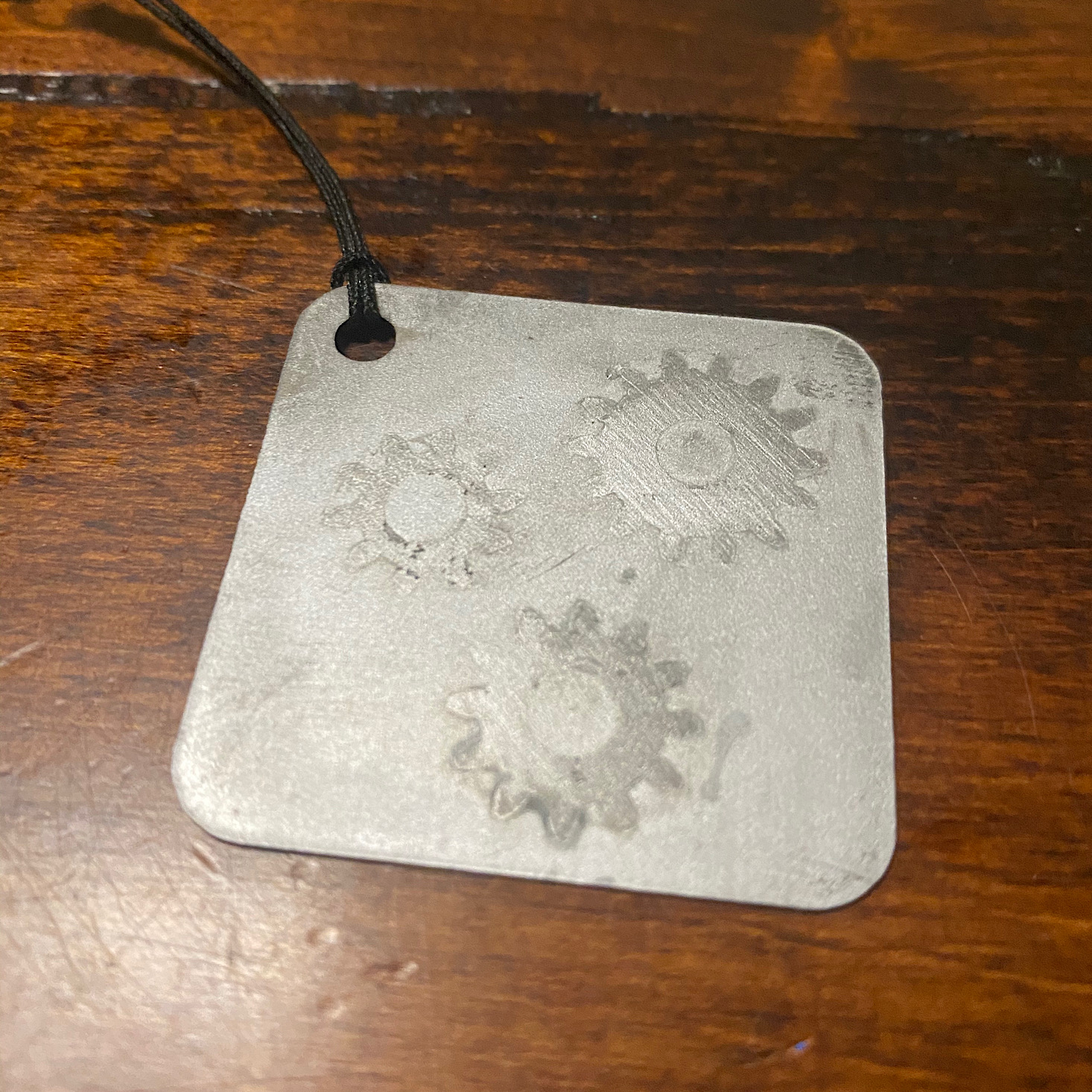
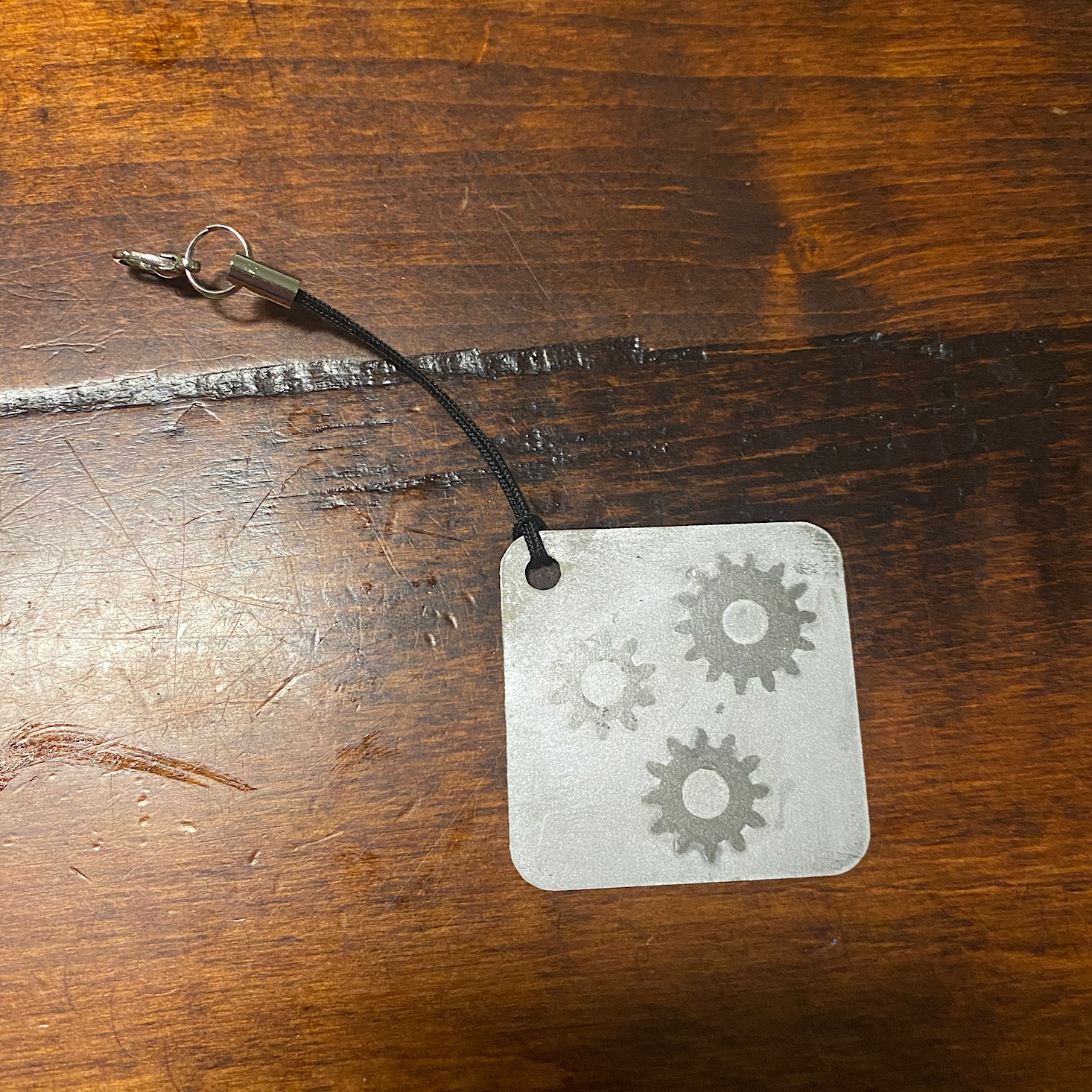


Please do not enter your email address in the Name field or in the comment content. Your email address will not be published. Required fields are marked *. Remember to post with kindness and respect. Comments with offensive language, cruelness to others, etc will not be approved. See our full comment policy here.